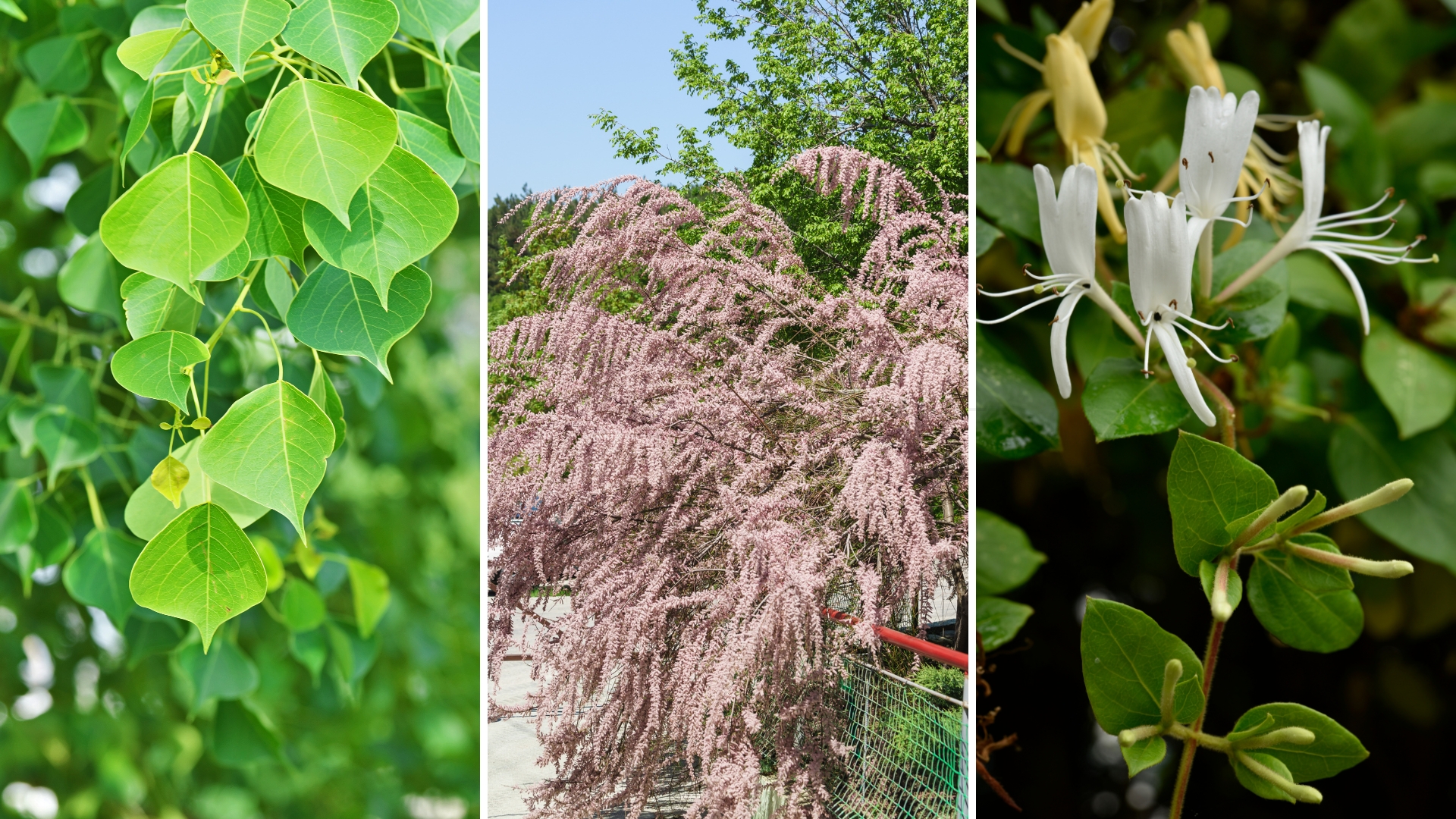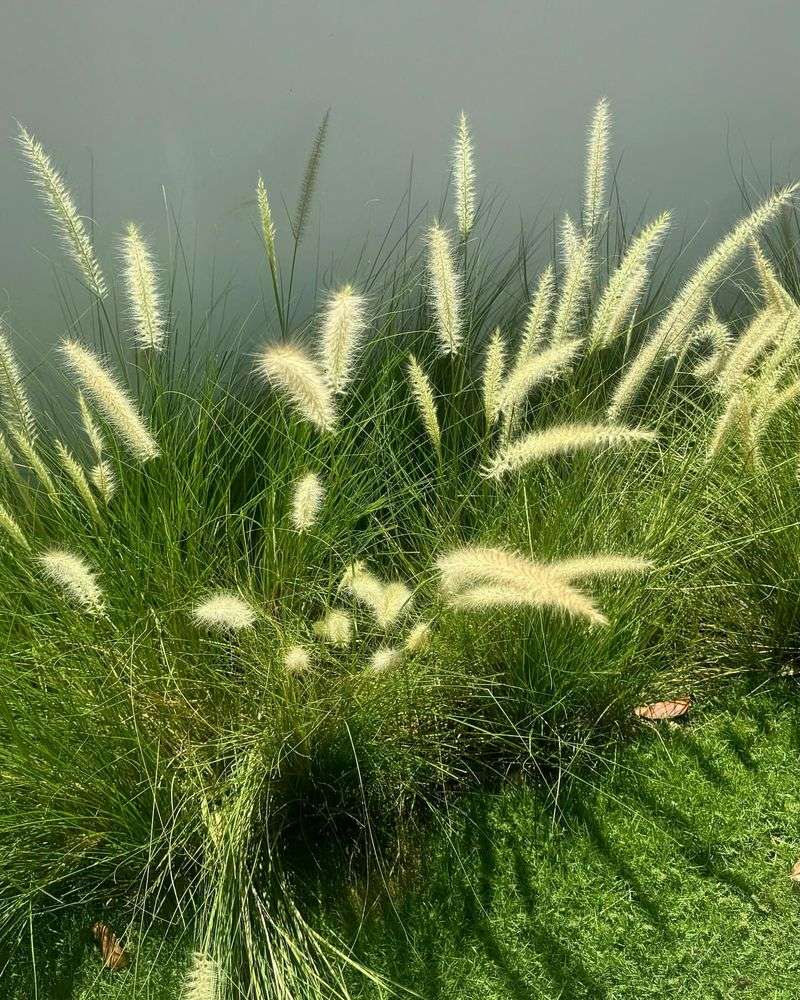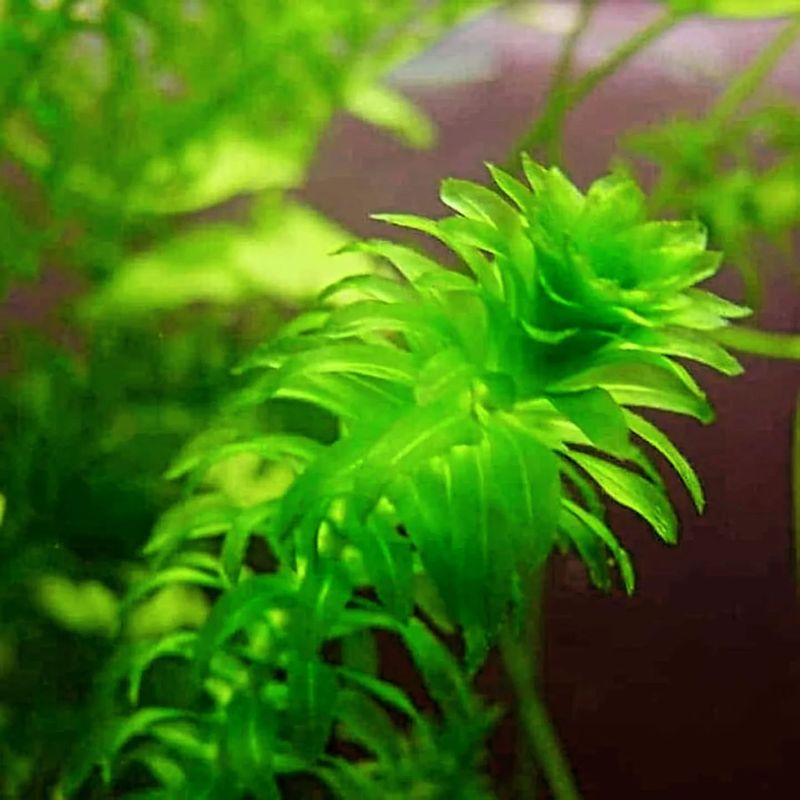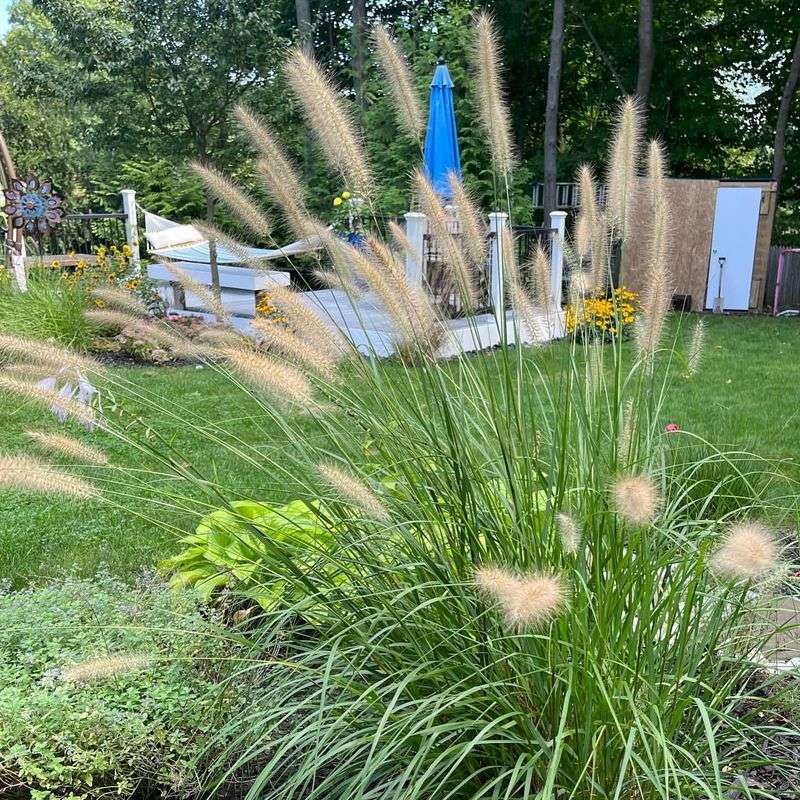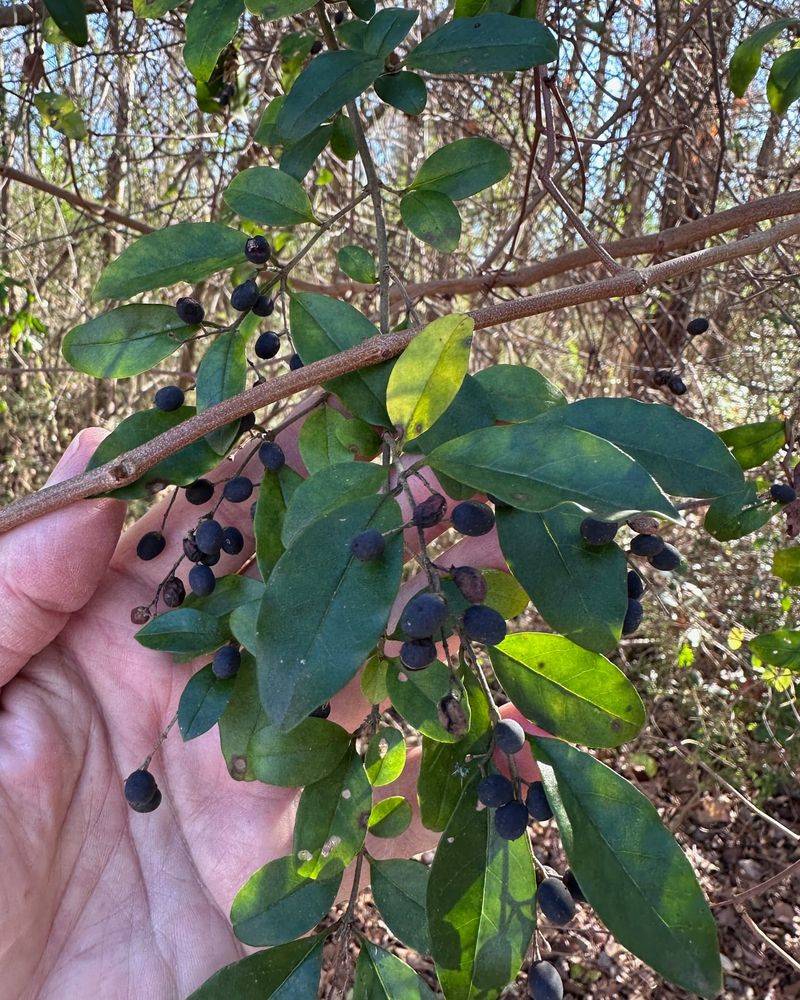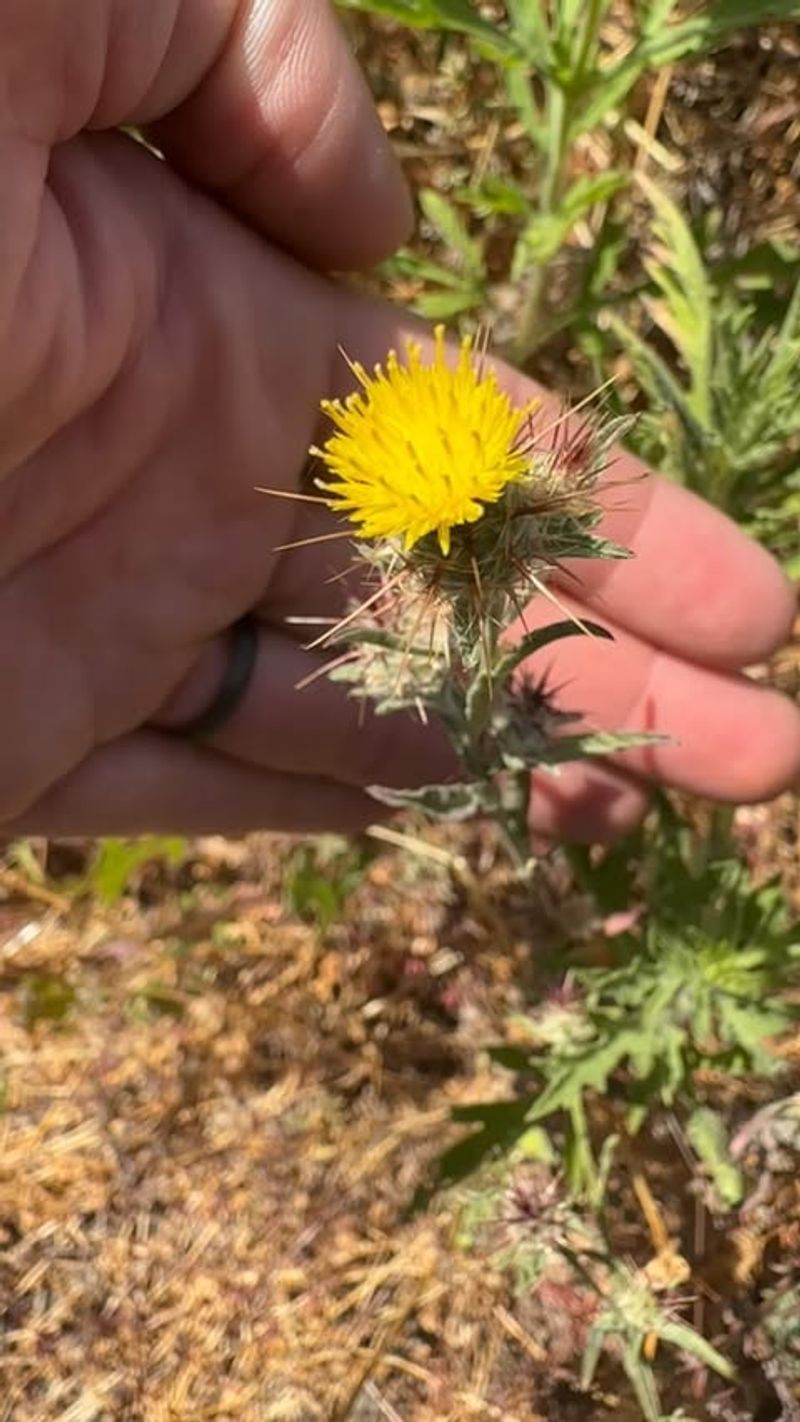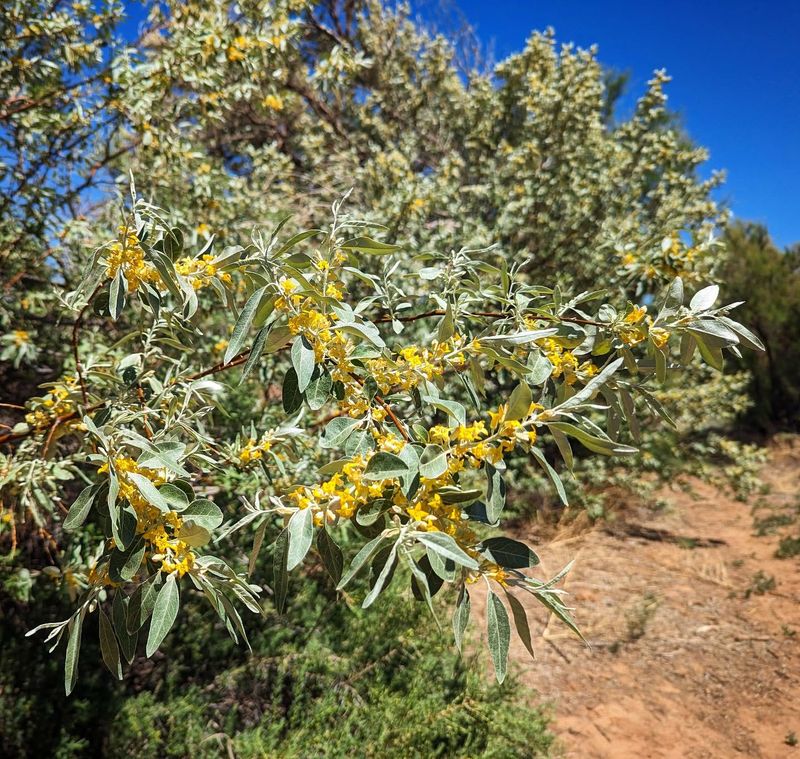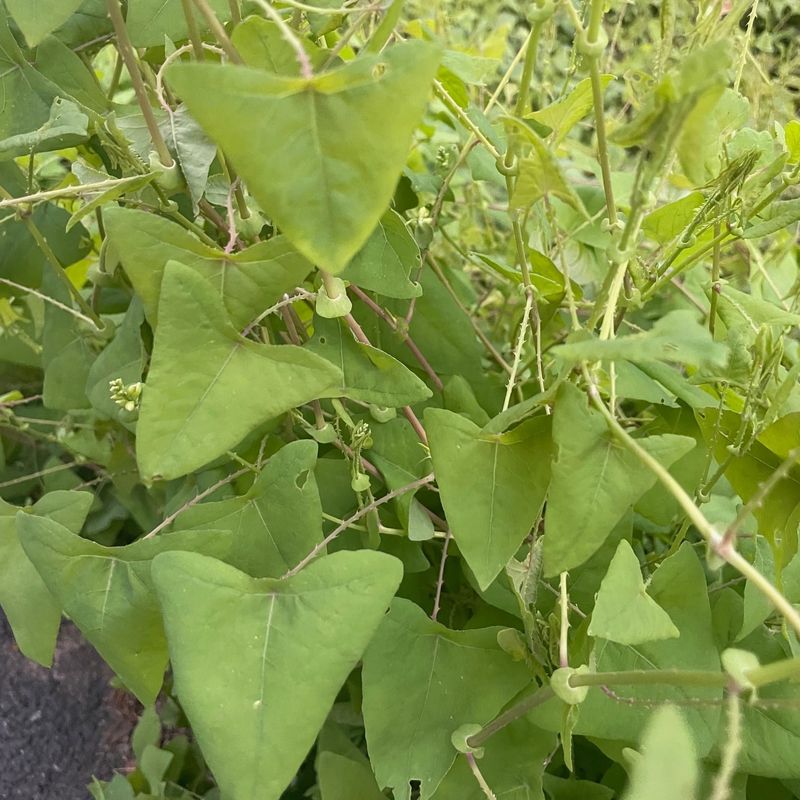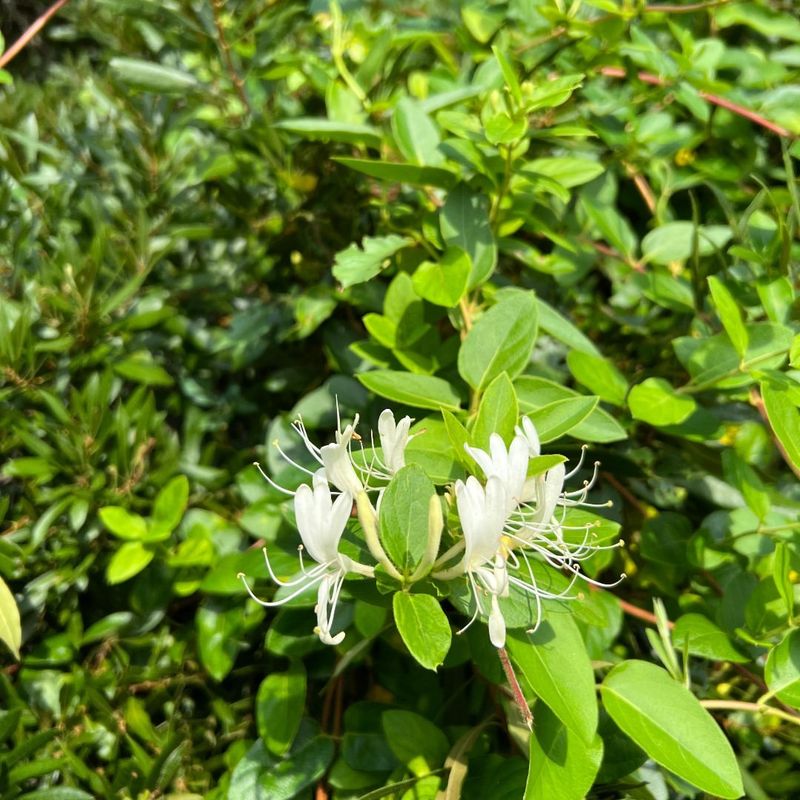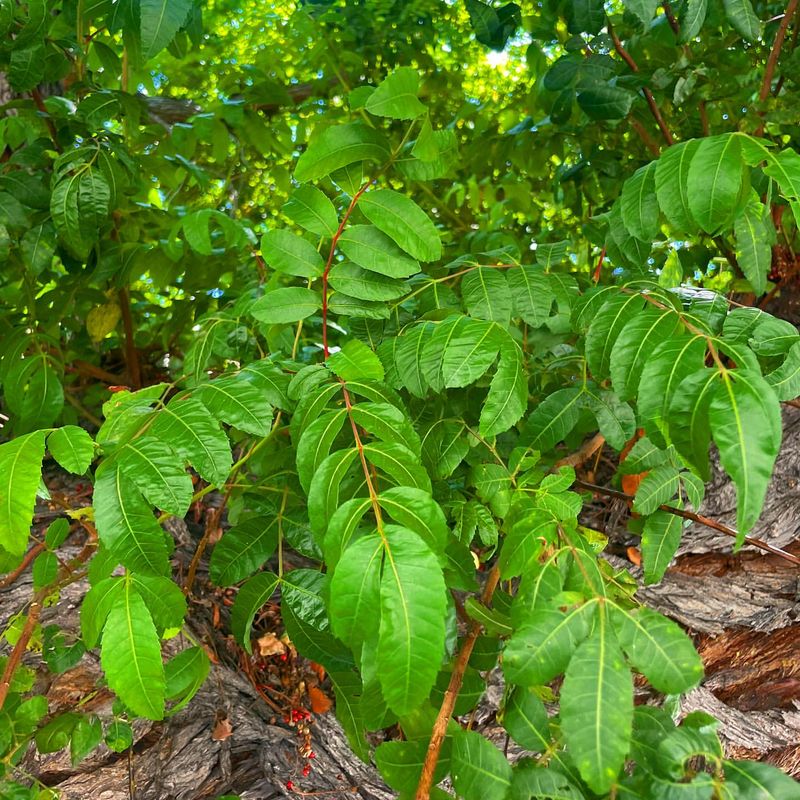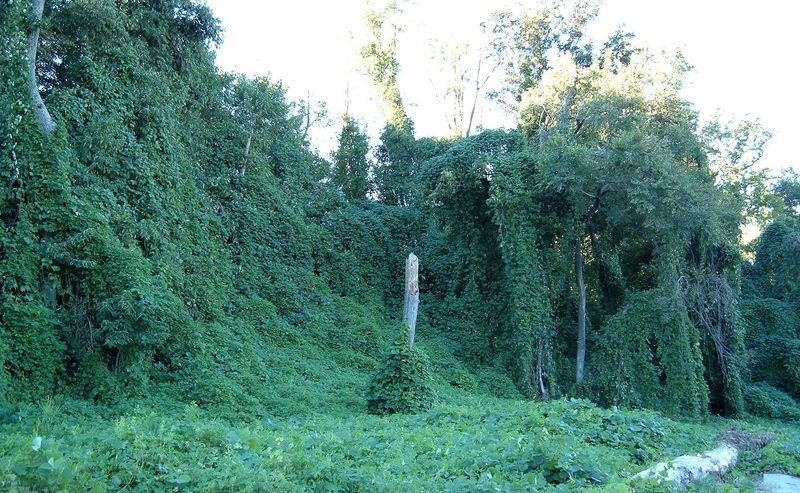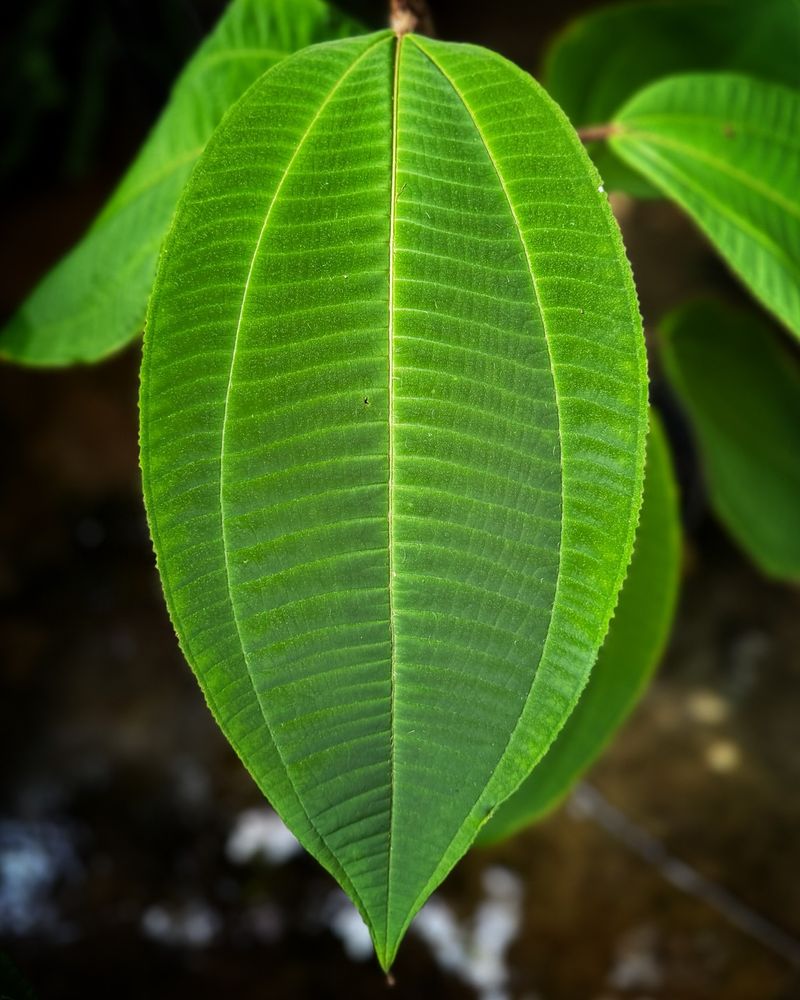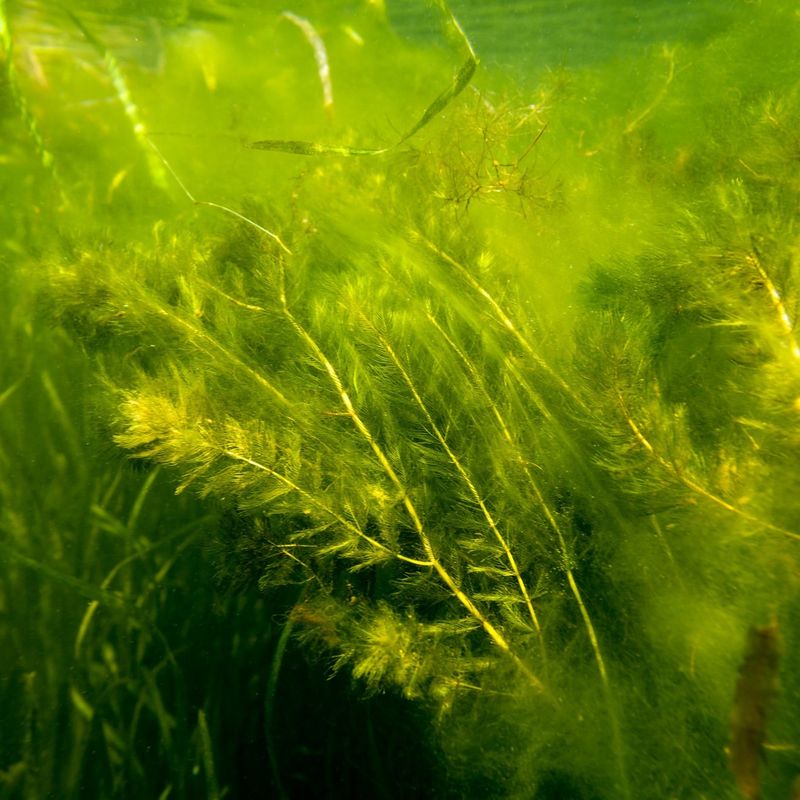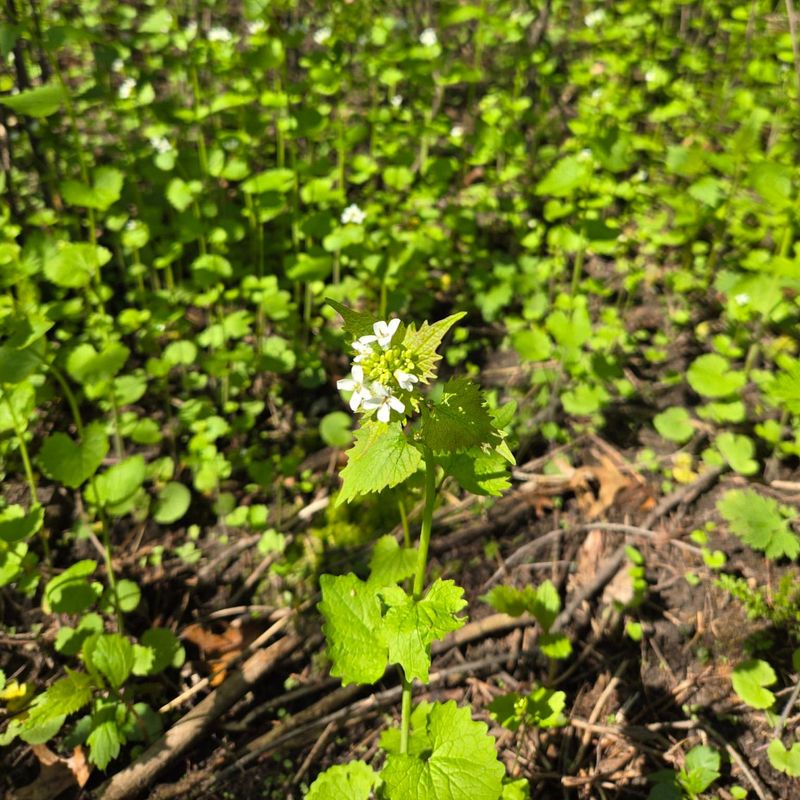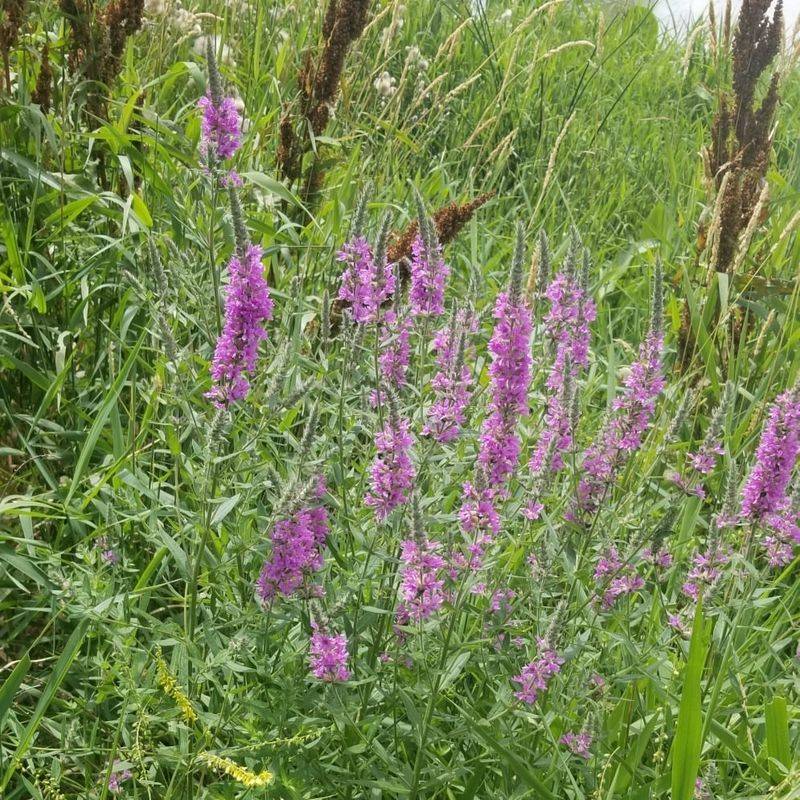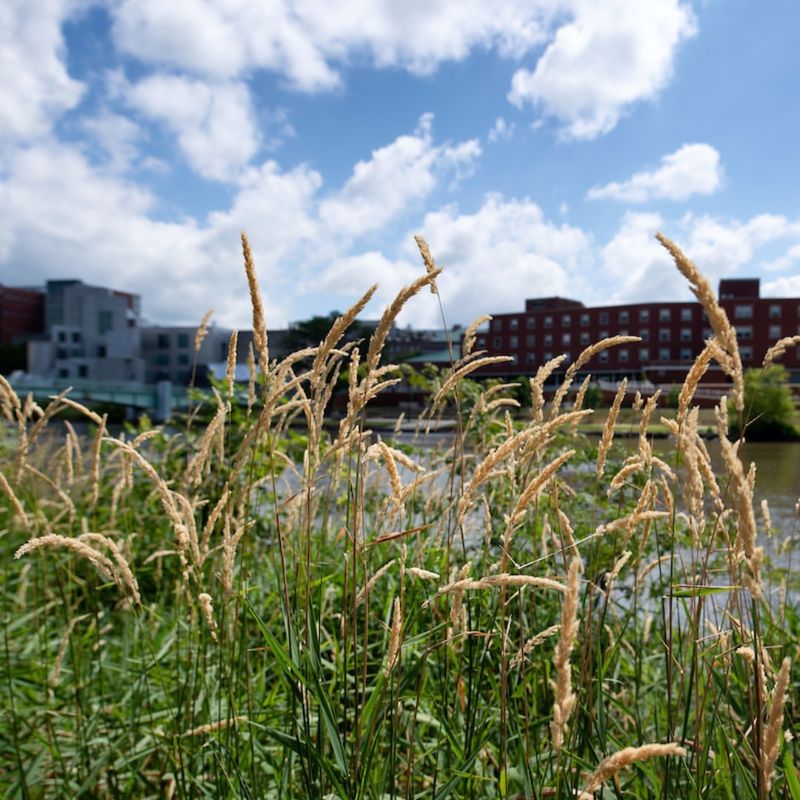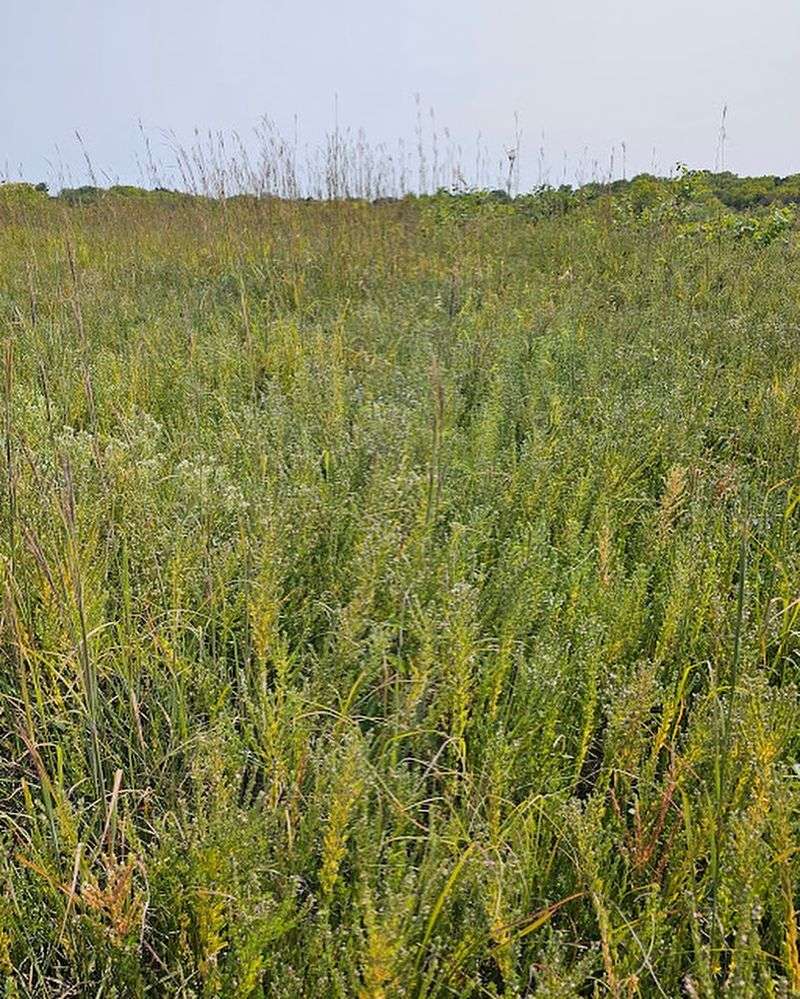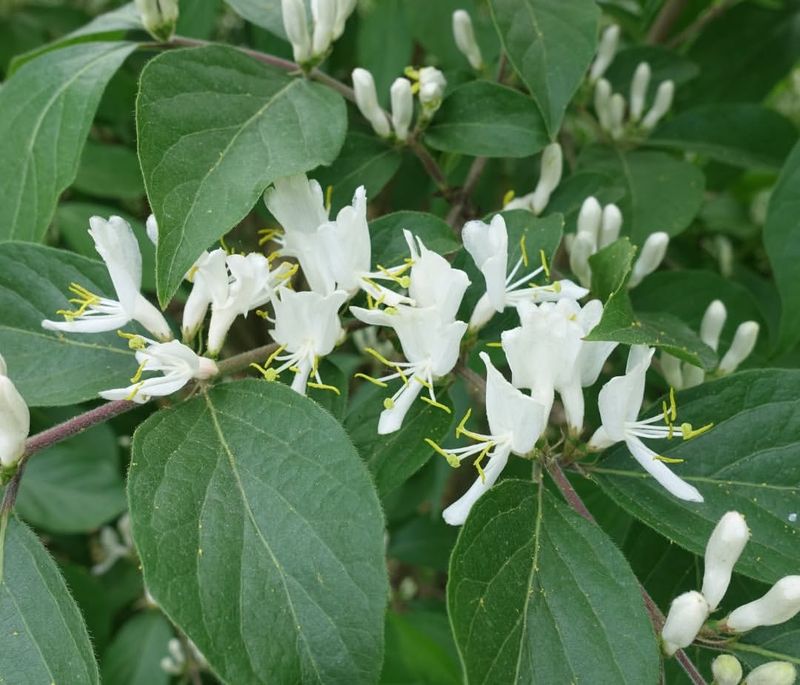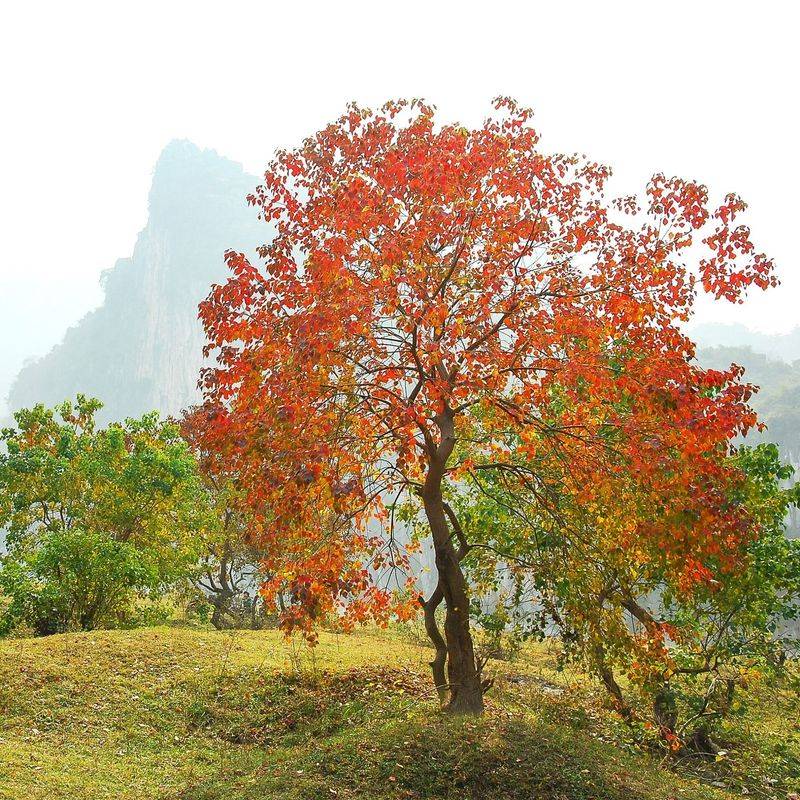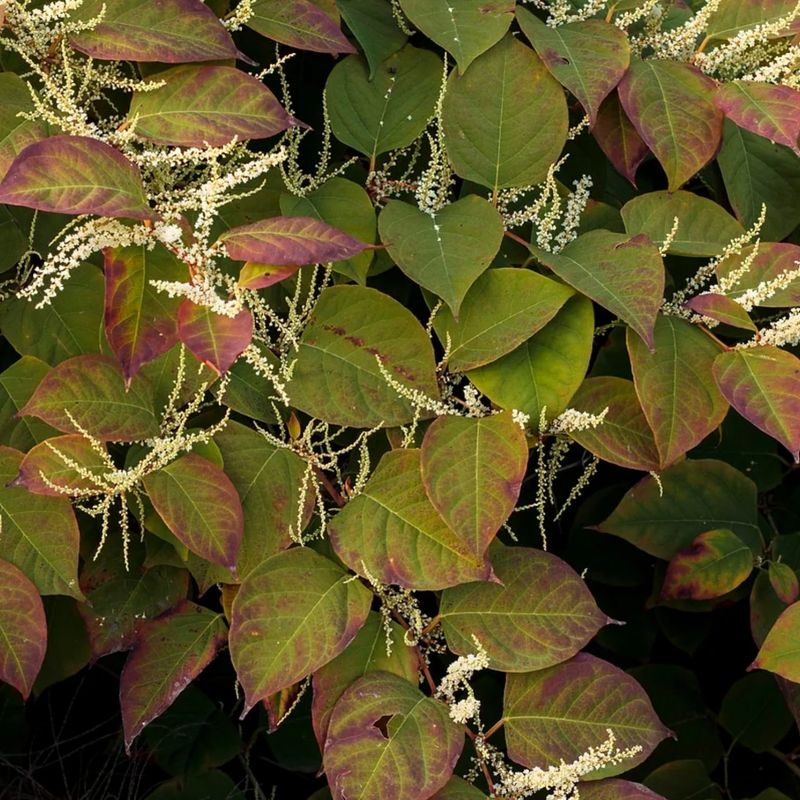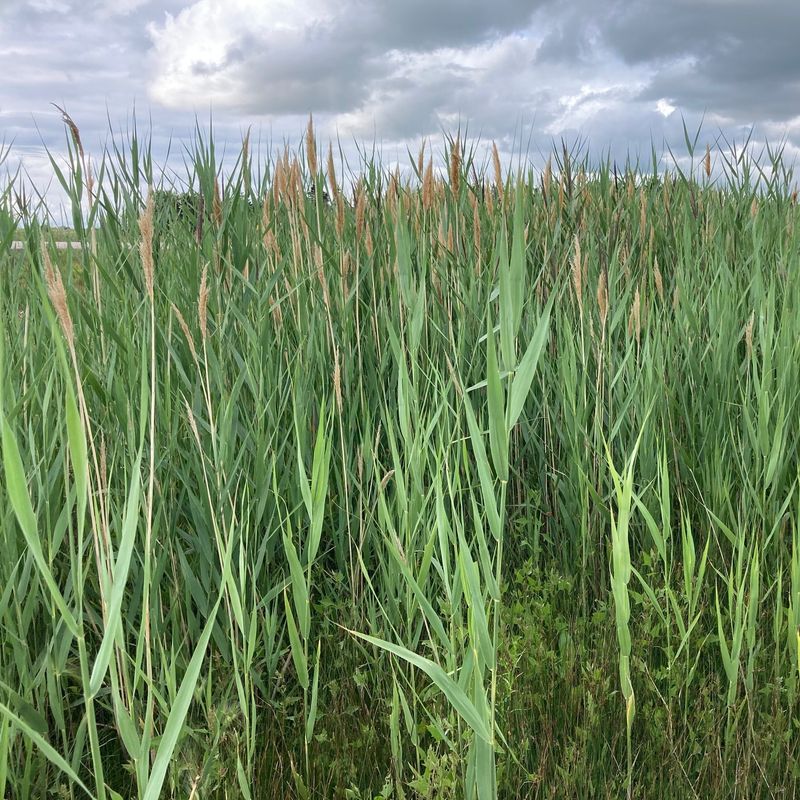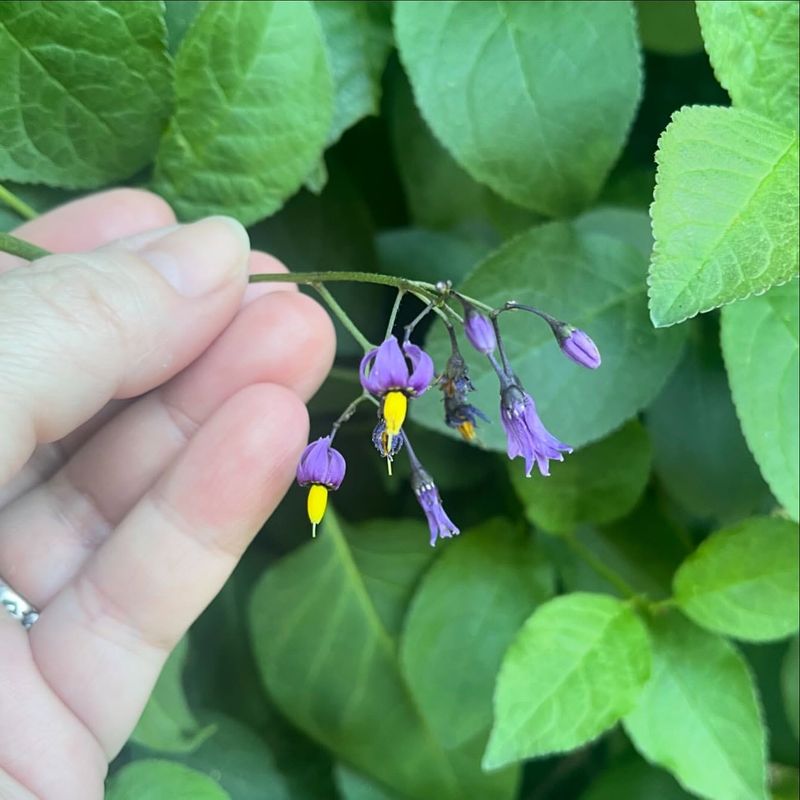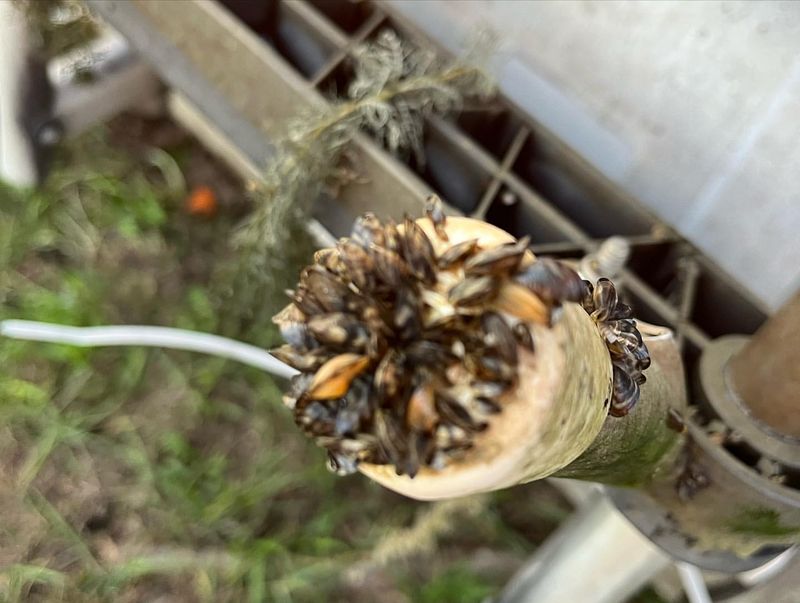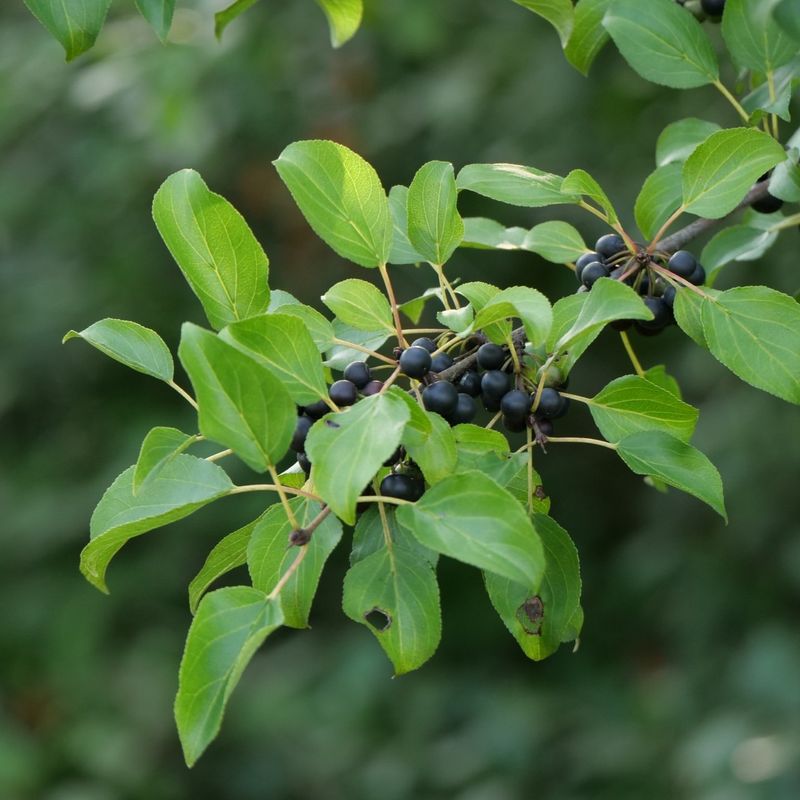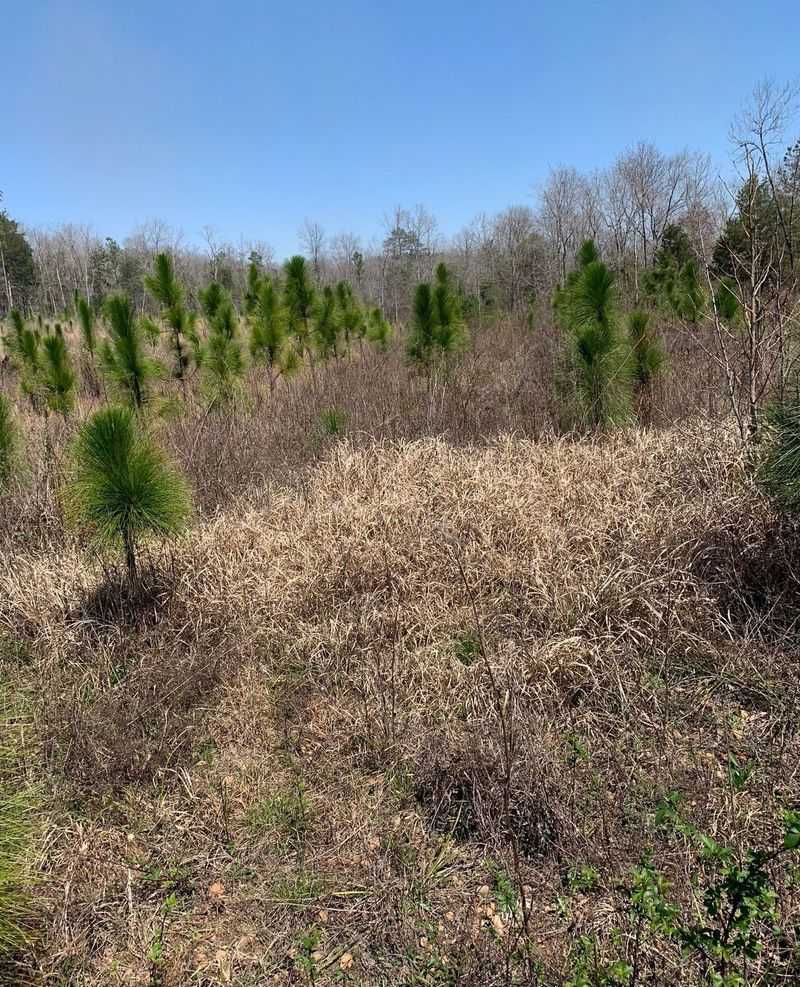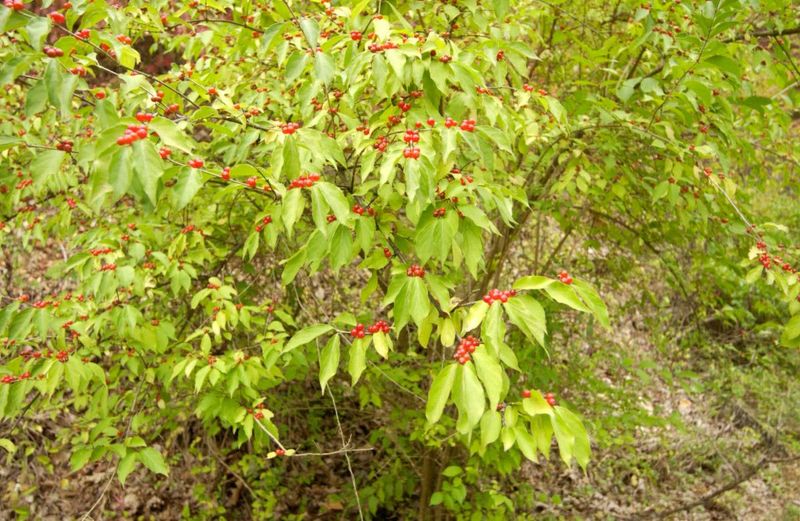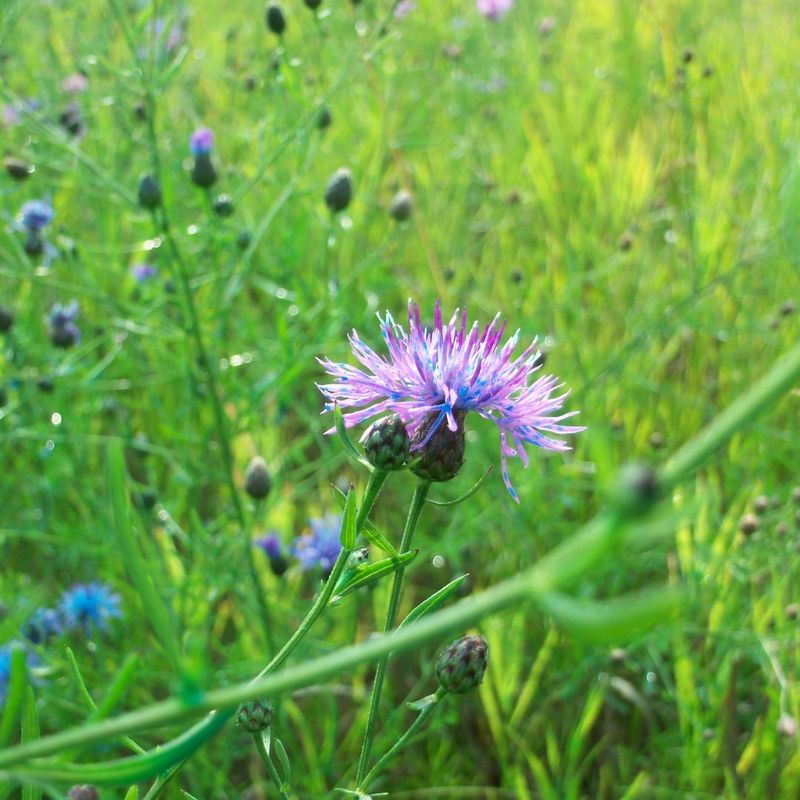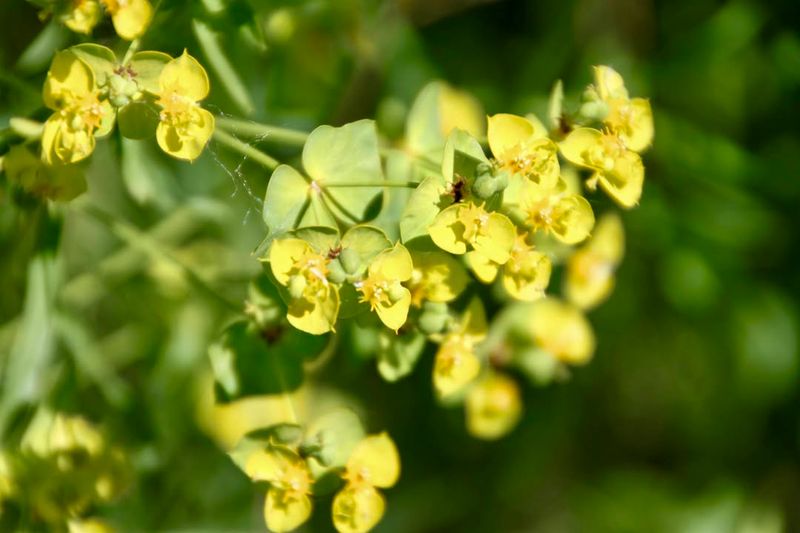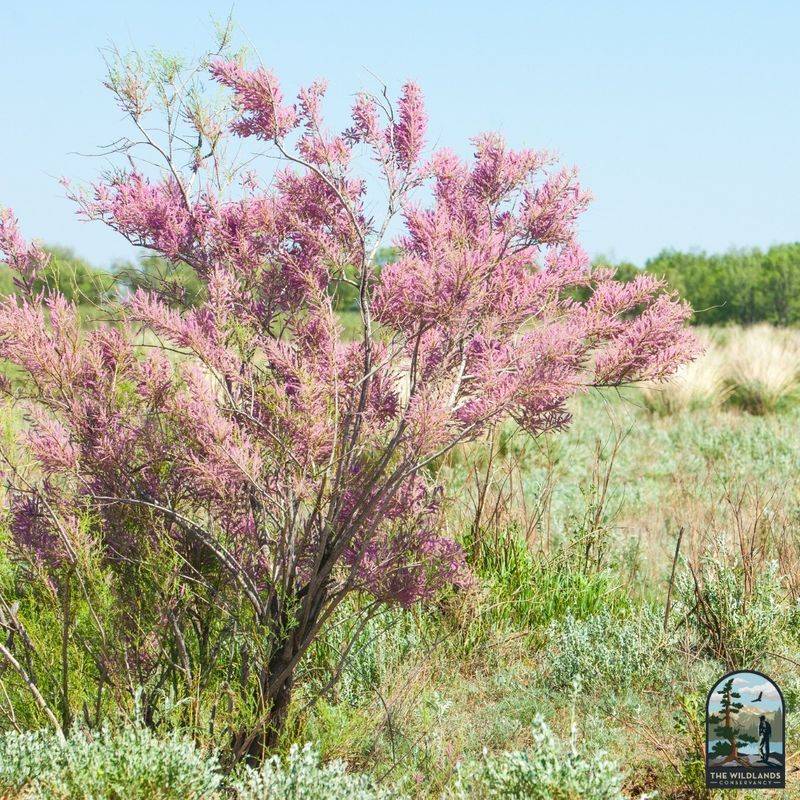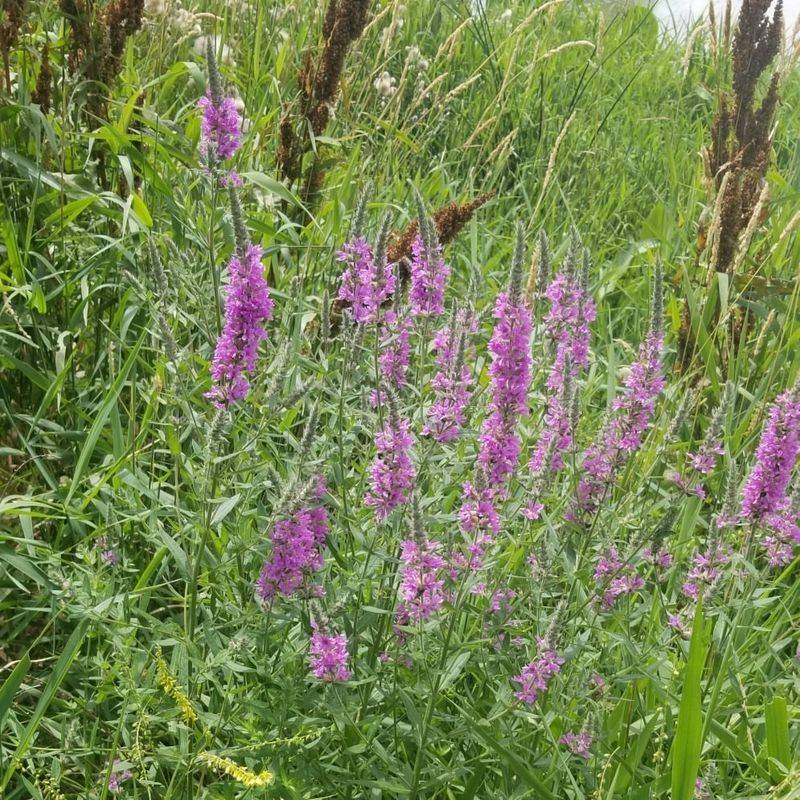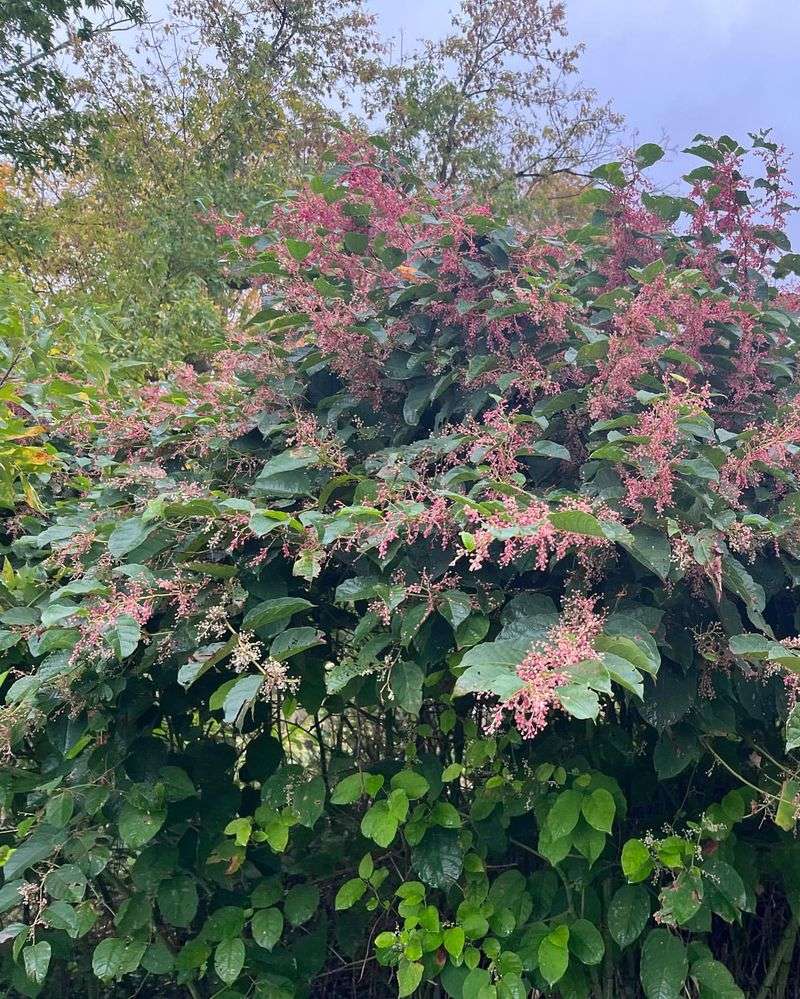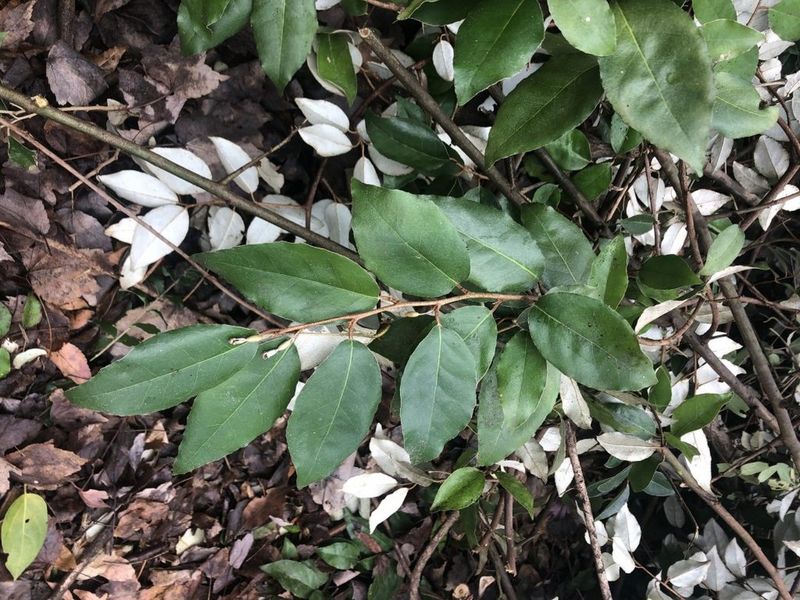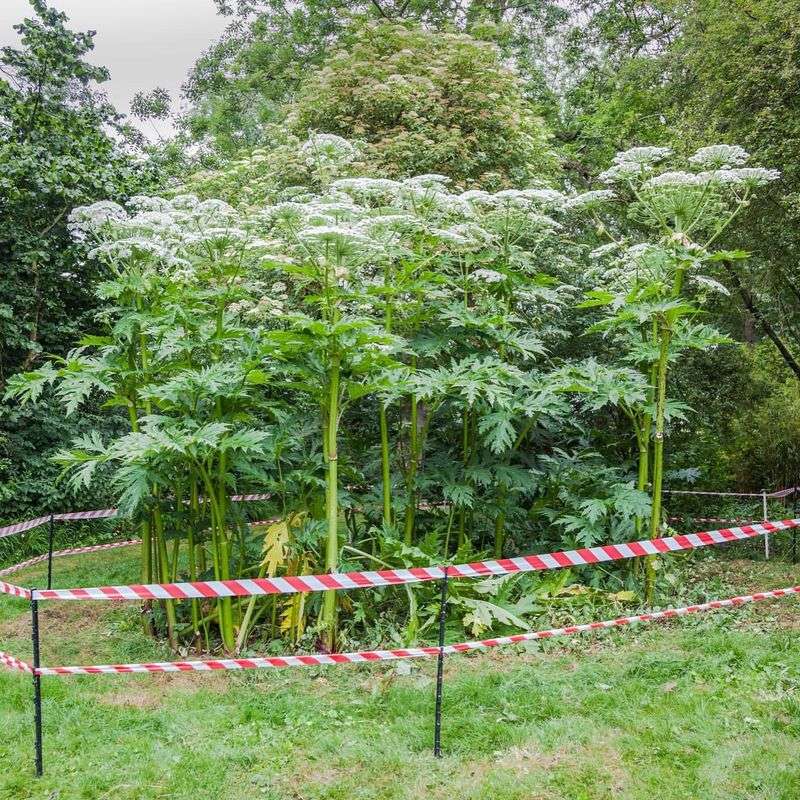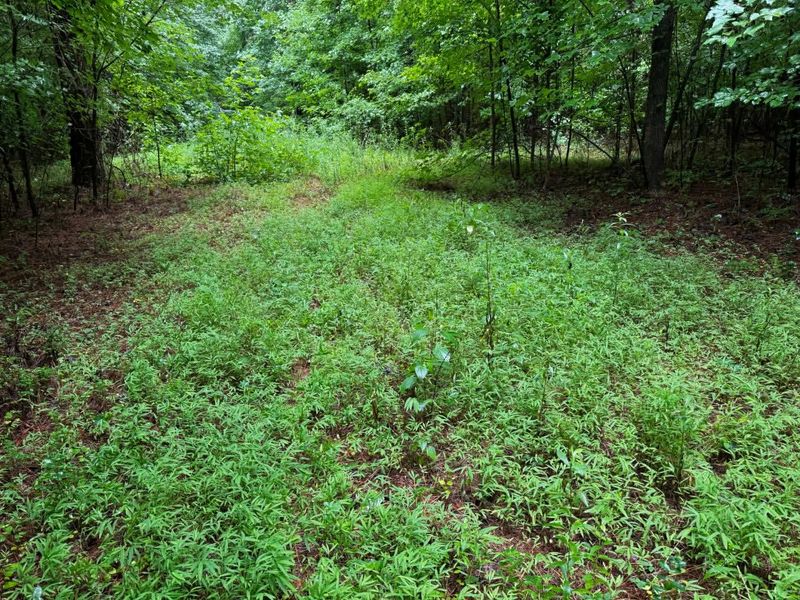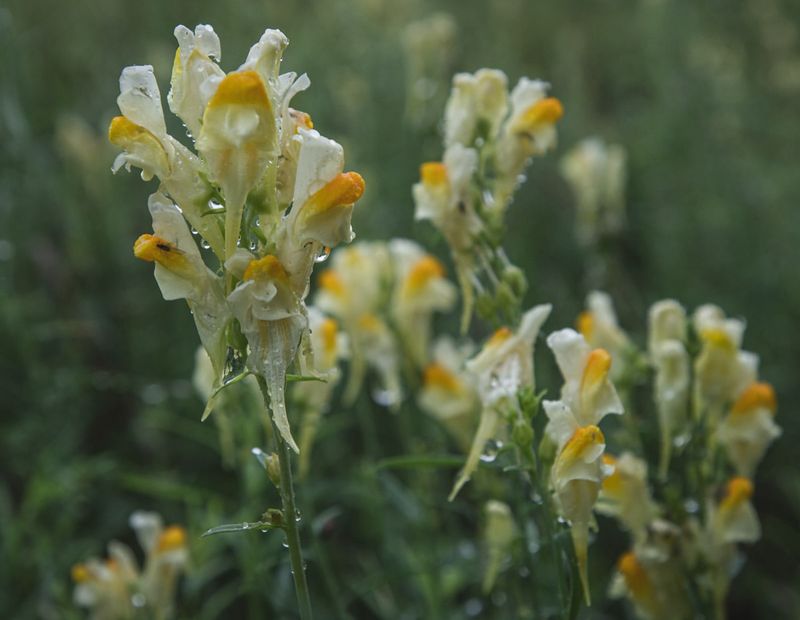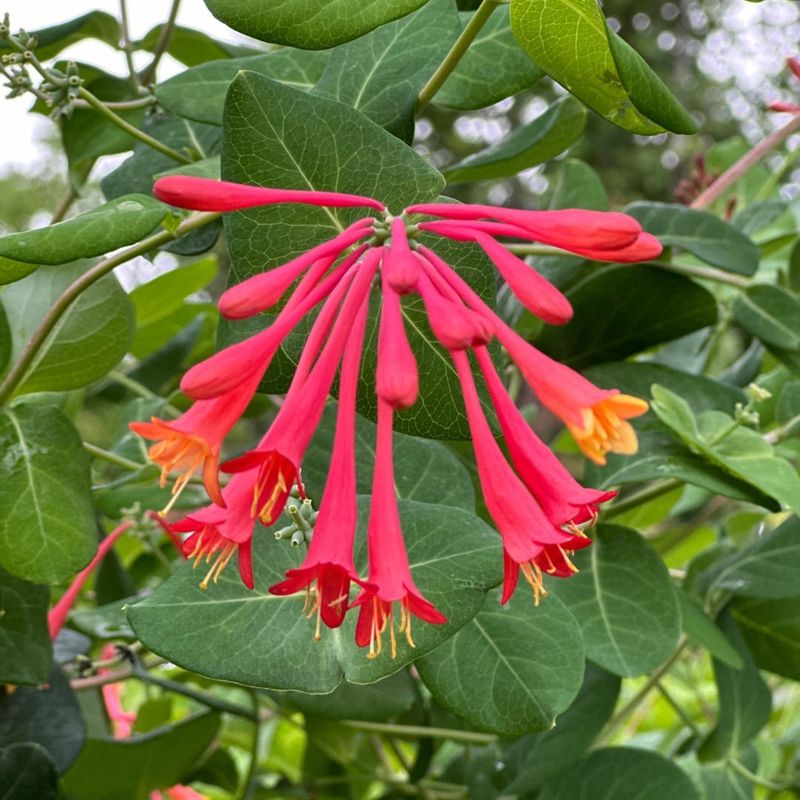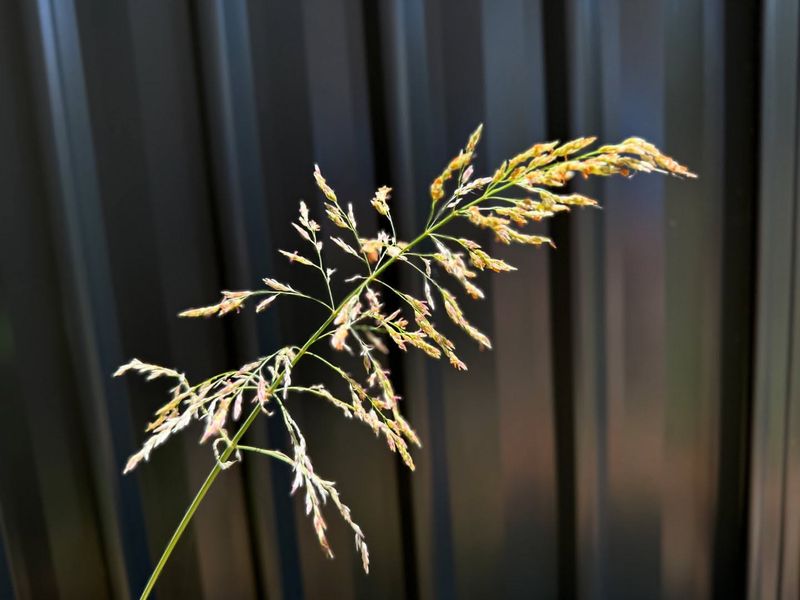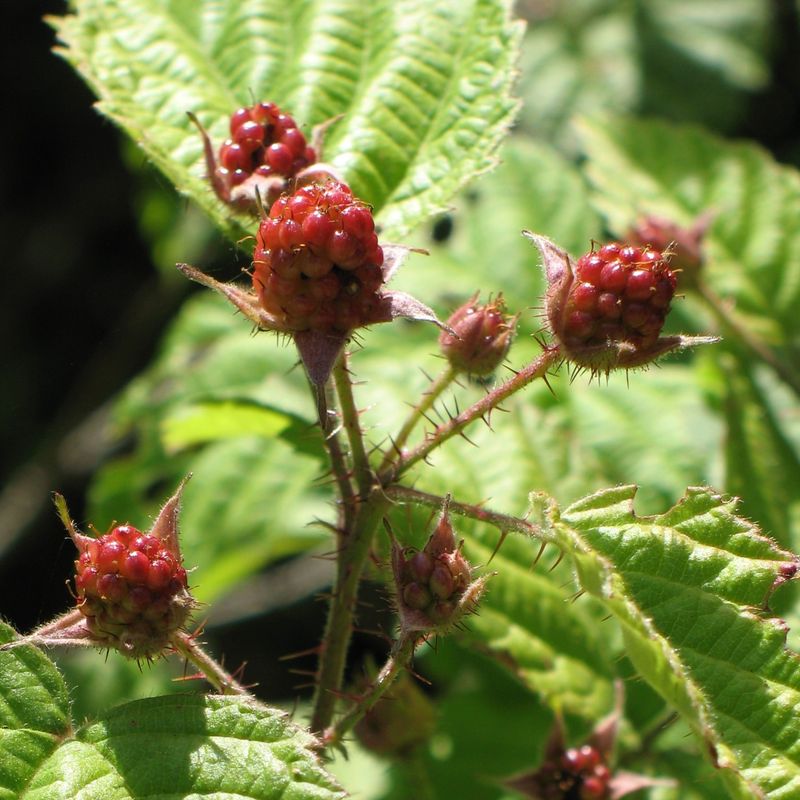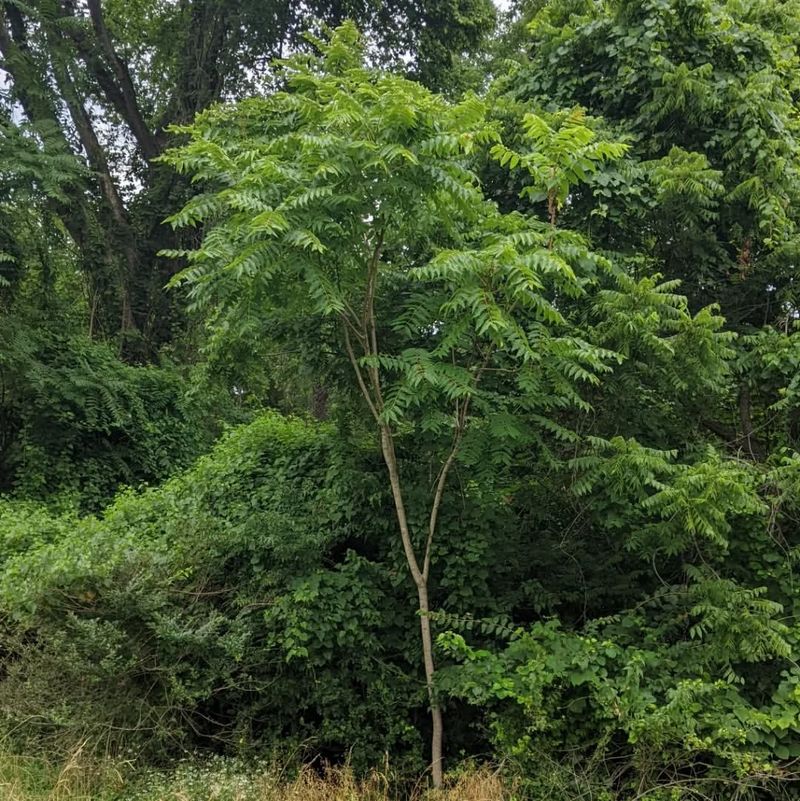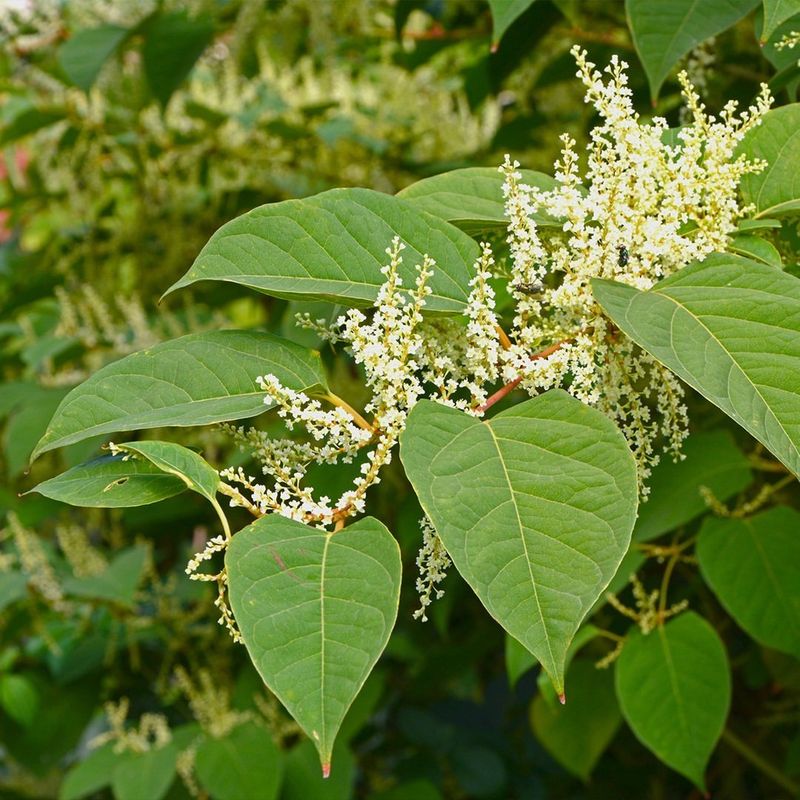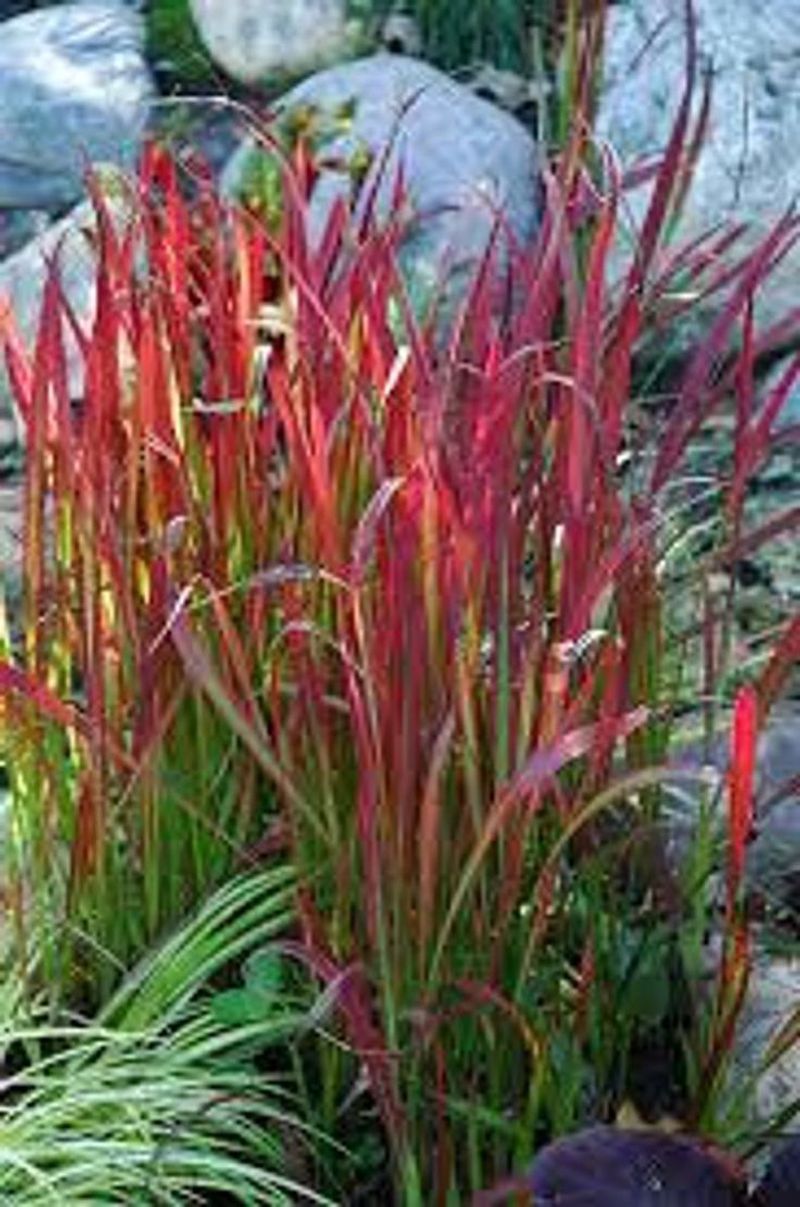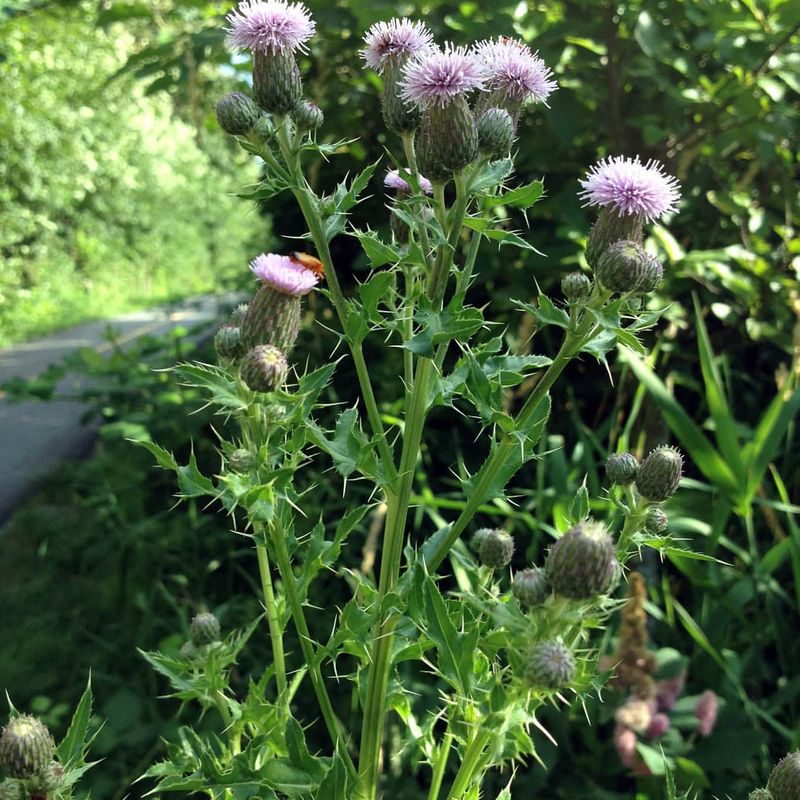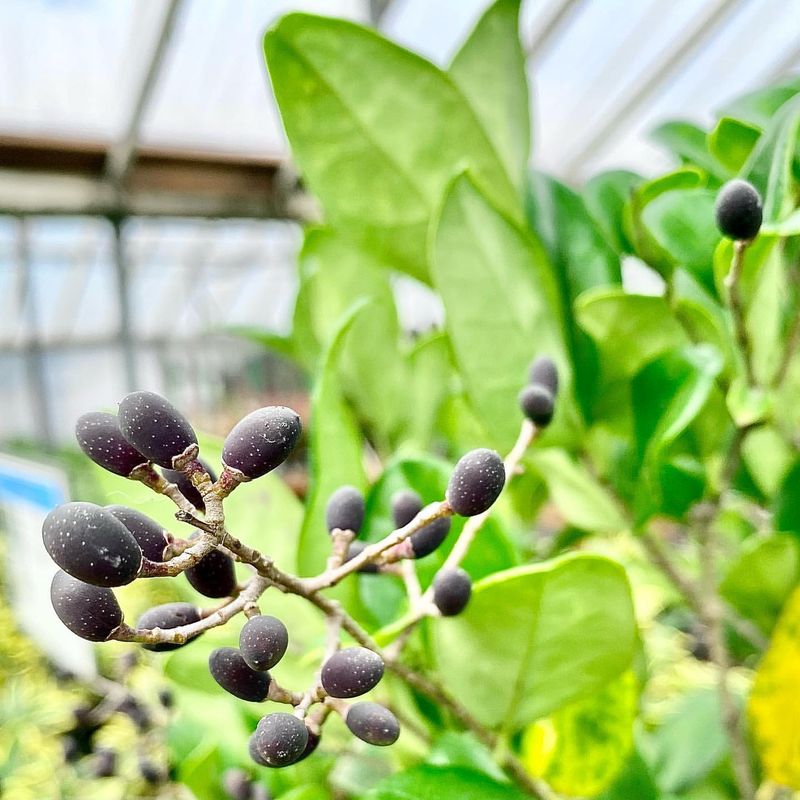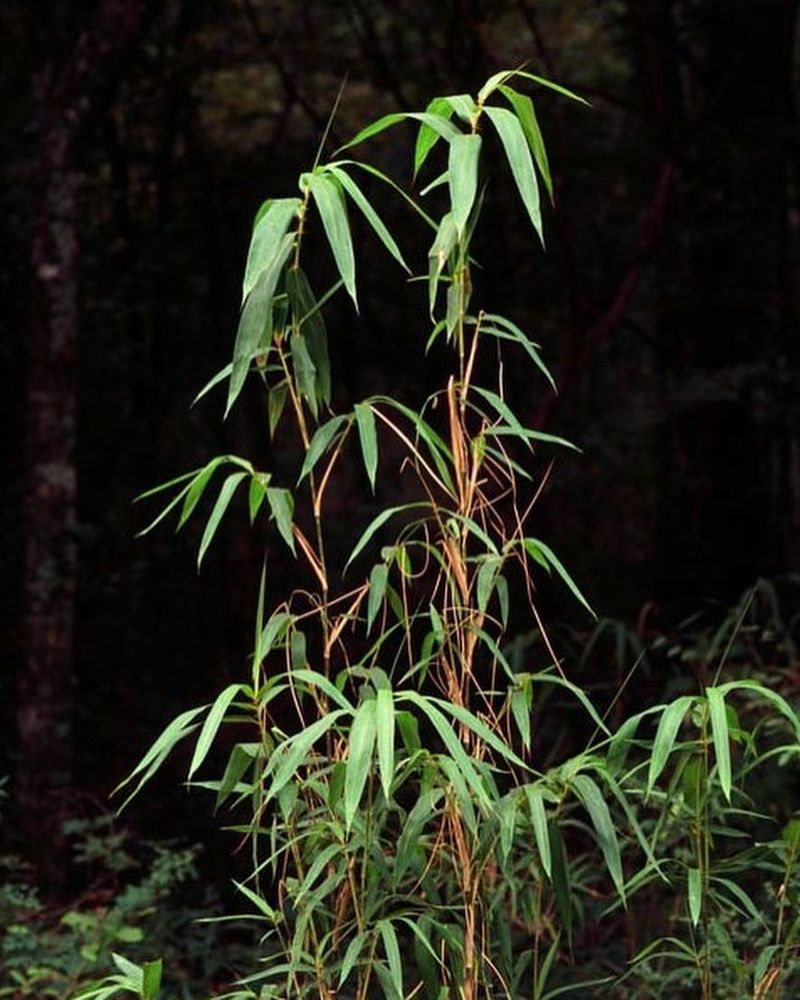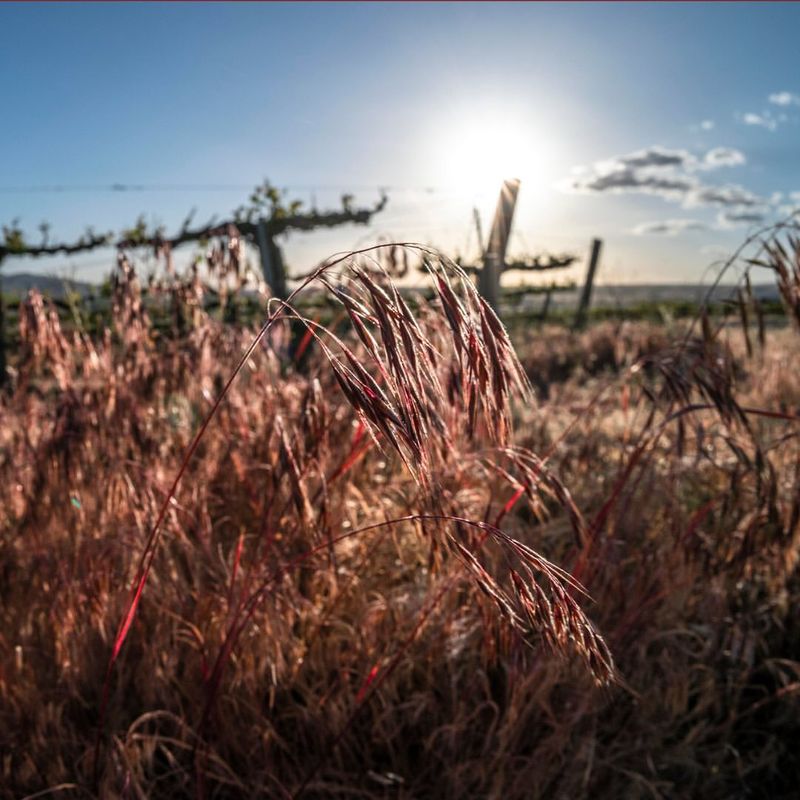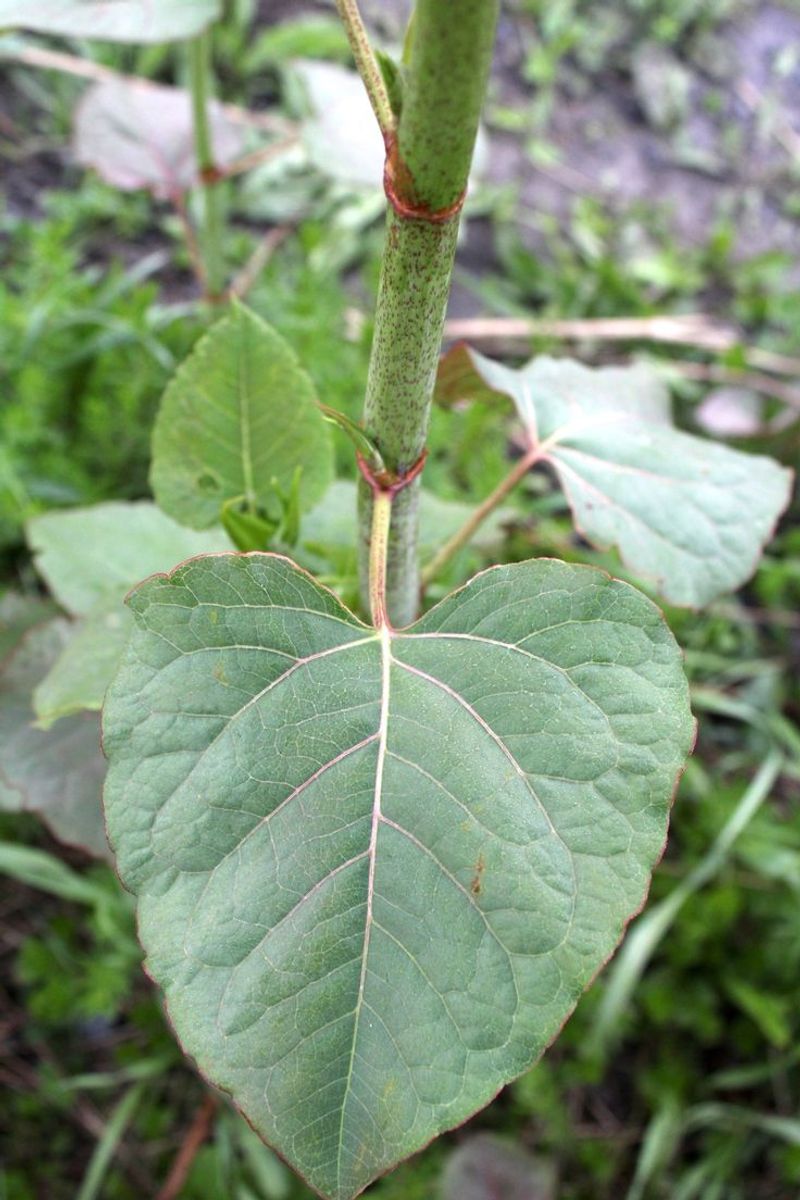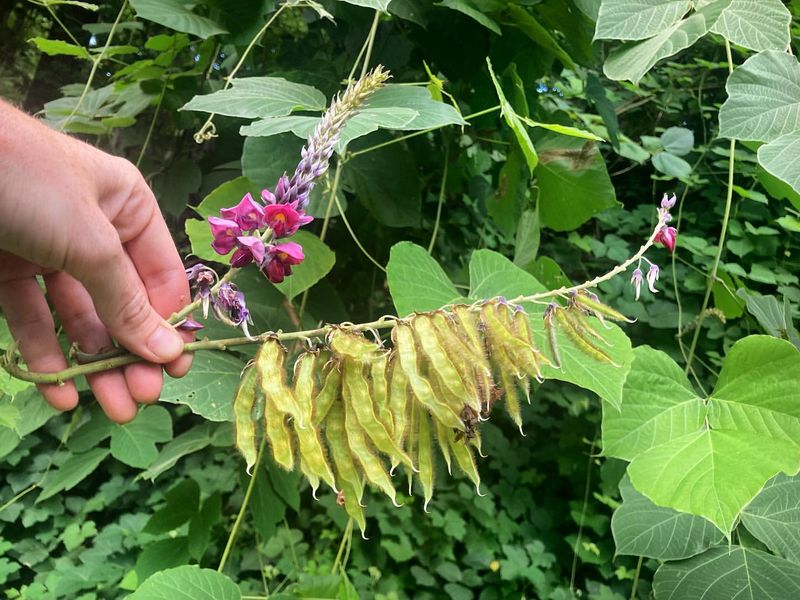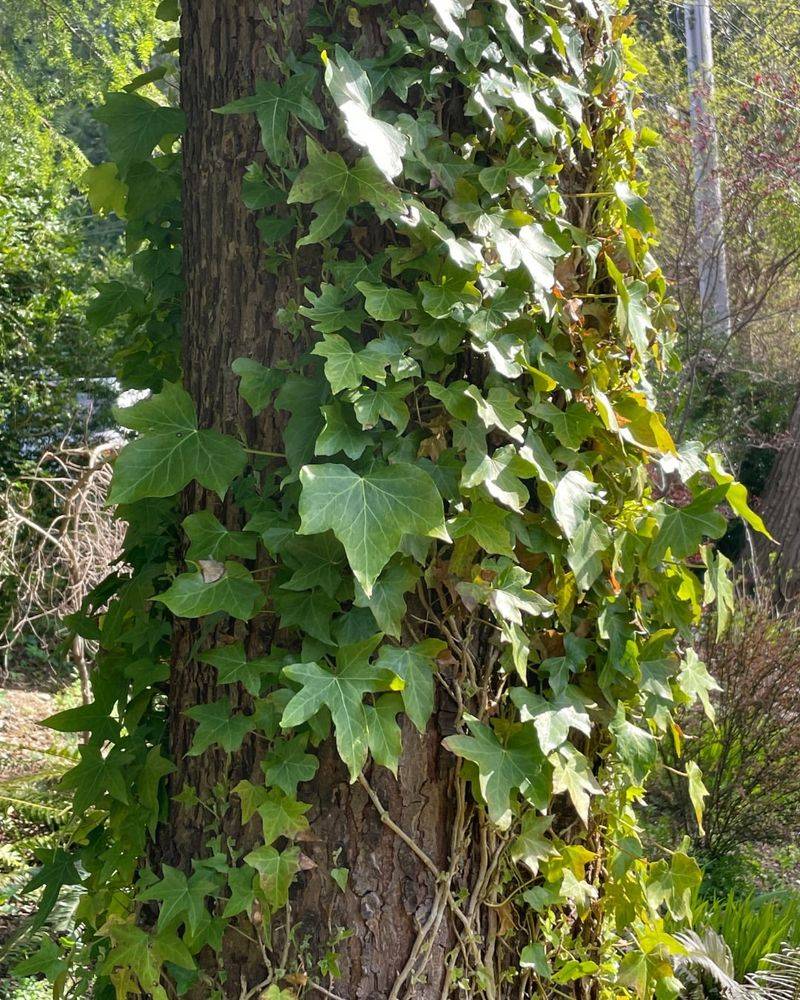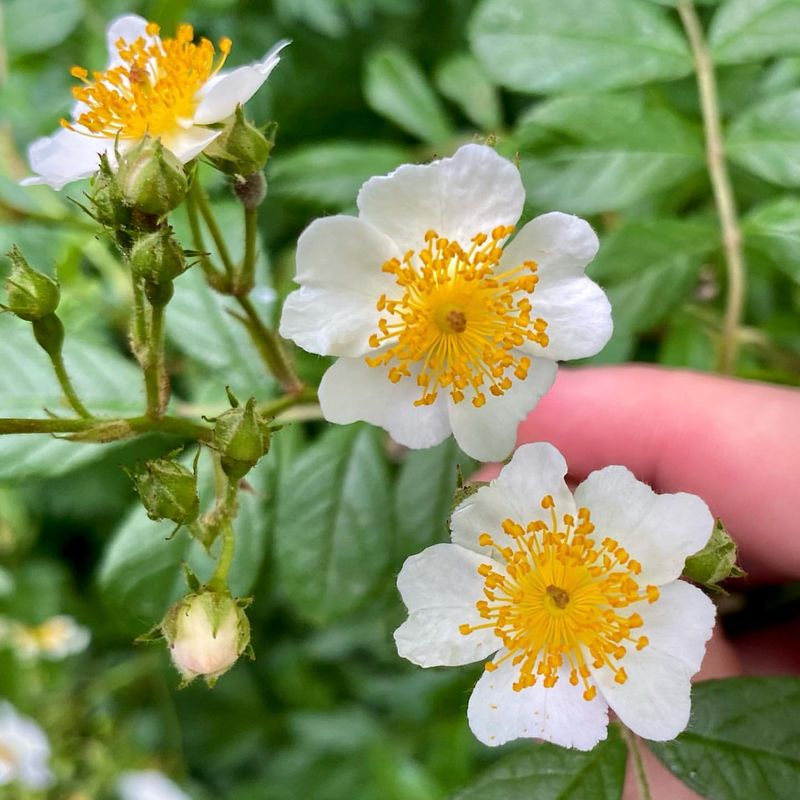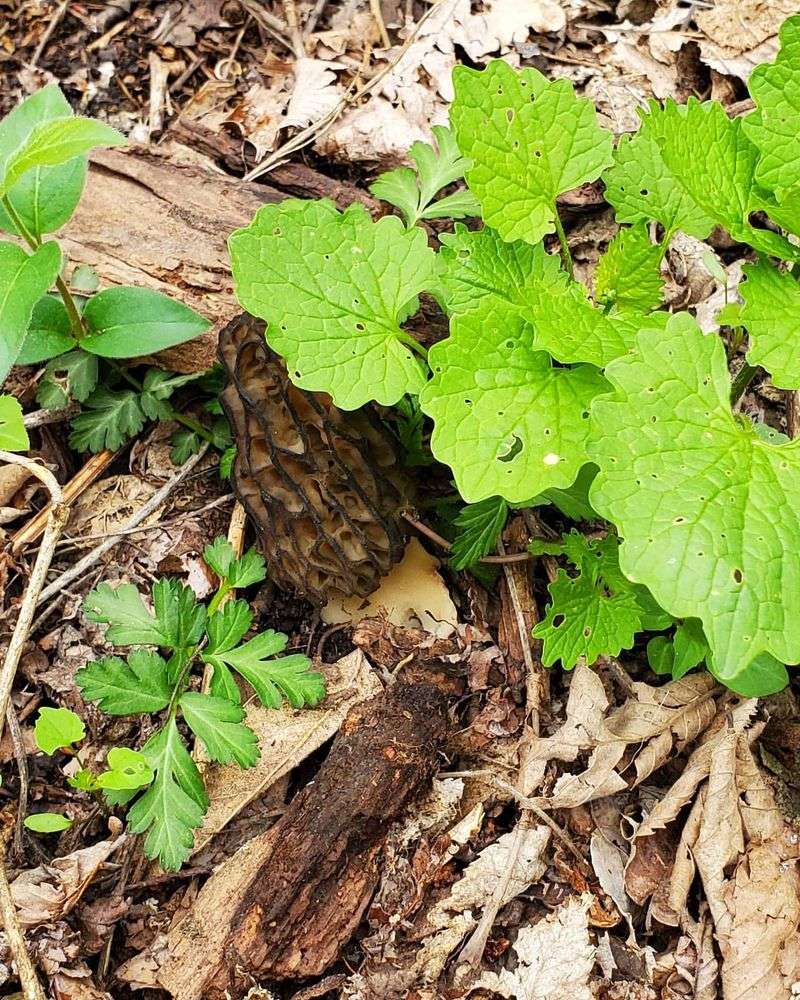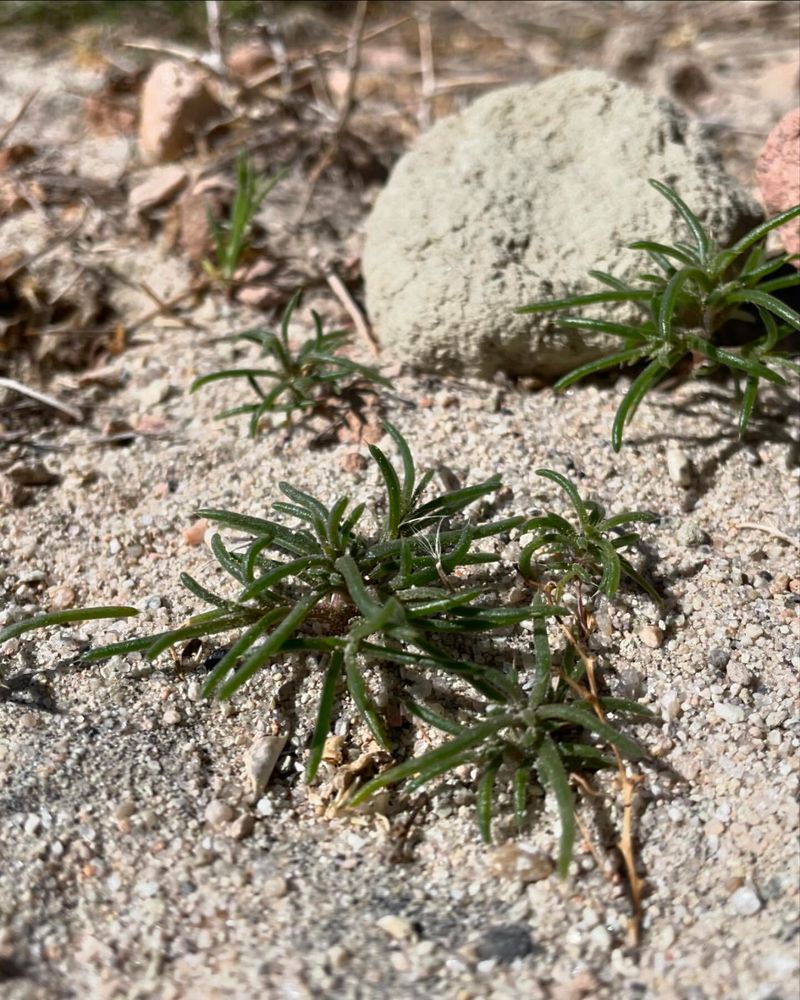The United States is home to a diverse range of ecosystems, but many of these are threatened by invasive species. Each state faces its unique challenges with non-native plants, animals, and insects that disrupt the natural balance. This blog post explores the most invasive species across all 50 states, highlighting the ecological impacts and what can be done to manage these intruders.
1. Alabama: Cogongrass
Cogongrass, a rapidly spreading invasive plant, poses a significant threat to Alabama’s ecosystem. Its dense growth pattern outcompetes native plants, reducing biodiversity and altering habitats. This grass is particularly troublesome for farmers and foresters, as it can hinder crop production and forest regeneration.
Managing cogongrass requires persistent efforts, including mechanical removal and chemical herbicides. Early detection and rapid response are crucial in preventing its spread. Education and awareness among local communities play a pivotal role in controlling this invasive species. Without intervention, cogongrass could cause irreversible damage to Alabama’s natural landscapes.
2. Alaska: Elodea
In Alaska, the aquatic plant Elodea is a growing concern. Originally used as an aquarium plant, it has escaped into the wild, clogging waterways and outcompeting native species. Elodea’s rapid growth can lead to oxygen depletion in water bodies, affecting fish and other aquatic life.
Controlling Elodea involves physical removal and the use of herbicides. Public awareness campaigns aim to prevent its spread by discouraging the dumping of aquarium plants into local waters. Protecting Alaska’s pristine aquatic ecosystems requires vigilance and proactive measures against this invasive plant.
3. Arizona: Buffelgrass
Buffelgrass, originally introduced for cattle grazing, is now a menace in Arizona’s deserts. Its rapid growth and tendency to fuel wildfires threaten native vegetation and wildlife. This grass creates a continuous fuel bed, increasing fire intensity and frequency in areas unaccustomed to such conditions.
Efforts to control Buffelgrass include manual removal and the application of specific herbicides. Community involvement, through volunteer efforts and educational programs, is essential in combatting this invasive species. Preserving Arizona’s unique desert landscape depends on the successful management of Buffelgrass.
4. Arkansas: Chinese Privet
Chinese Privet, an aggressive shrub, invades forests and fields across Arkansas. Its thick growth forms dense thickets that shade out native plants and reduce biodiversity. The plant’s ability to regenerate from roots makes it particularly challenging to eradicate.
Effective control strategies include mechanical removal and the use of herbicides. Conservation groups emphasize the importance of early detection and rapid response to contain Chinese Privet’s spread. Protecting Arkansas’s native flora requires ongoing efforts to manage this persistent invader.
5. California: Yellow Starthistle
Yellow Starthistle, a thorny invader, is a significant threat to California’s landscapes. It quickly dominates pastures and roadsides, forming dense stands that displace native plants. The plant’s sharp spines pose a hazard to livestock and recreational users.
Managing Yellow Starthistle involves a combination of mowing, herbicide application, and biological control using insects. Public education and awareness campaigns are vital in preventing its spread. California’s natural beauty and biodiversity depend on the effective control of this invasive species.
6. Colorado: Russian Olive
Russian Olive, a resilient tree, invades riparian areas in Colorado. It outcompetes native trees and shrubs, altering soil chemistry and habitat structure. This invasive tree’s thick canopy reduces light availability for understory plants, impacting biodiversity.
Control methods include mechanical removal and the use of herbicides. Restoration efforts often involve planting native species to replace removed Russian Olives. Community involvement in monitoring and managing this tree is essential for protecting Colorado’s river ecosystems.
7. Connecticut: Mile-a-Minute Weed
Mile-a-Minute Weed, a fast-growing vine, rapidly covers and smothers native vegetation in Connecticut. Its barbed stems make it a formidable invader, reducing biodiversity and altering habitats. The vine’s ability to grow several inches in a day adds to its threat.
Control efforts include manual removal and the use of herbicides. Biological control using weevils has shown promise in reducing Mile-a-Minute Weed populations. Public awareness and prompt action are key to managing this invasive species.
8. Delaware: Japanese Honeysuckle
Japanese Honeysuckle, an ornamental vine, has escaped cultivation and overrun natural areas in Delaware. Its aggressive growth smothers trees and shrubs, reducing forest health and diversity. The vine’s sweet fragrance belies its destructive nature.
Managing Japanese Honeysuckle involves physical removal and targeted herbicide application. Restoration projects often include planting native species to restore affected areas. Community education is vital in preventing the spread of this invasive plant.
9. Florida: Brazilian Pepper Tree
The Brazilian Pepper Tree, a prolific invader, threatens Florida’s ecosystems. It forms dense thickets that displace native plants and create habitat for invasive wildlife. The tree’s berries are spread by birds, facilitating its rapid expansion.
Control methods include mechanical removal and the use of herbicides. Restoration efforts focus on reestablishing native vegetation. Public awareness and involvement are crucial in managing the spread of this invasive tree.
10. Georgia: Kudzu
Kudzu, often dubbed “the vine that ate the South,” is notorious in Georgia. Its rapid growth blankets landscapes, smothering trees and reducing biodiversity. Kudzu’s ability to fix nitrogen allows it to thrive in poor soils, compounding its invasiveness.
Managing Kudzu requires persistent efforts, including mechanical removal and herbicide application. Research into biological control methods is ongoing. Community education and involvement are essential in preventing further spread.
11. Hawaii: Miconia
Miconia, a notorious invader, is a severe threat to Hawaii’s native forests. Its large leaves create dense shade, suppressing the growth of understory plants and altering ecosystems. Miconia’s fast growth and prolific seed production facilitate its spread.
Control strategies include manual removal and the use of herbicides. Helicopter surveys and community efforts play a vital role in detecting and managing Miconia. Protecting Hawaii’s unique biodiversity requires diligent management of this invasive tree.
12. Idaho: Eurasian Watermilfoil
Eurasian Watermilfoil, an aquatic plant, clogs Idaho’s waterways, impacting recreation and wildlife. Its dense mats hinder boating, swimming, and fishing, while reducing oxygen levels for aquatic organisms. The plant’s ability to reproduce from fragments makes it challenging to control.
Management efforts include mechanical harvesting and the use of herbicides. Public awareness campaigns aim to prevent the spread by encouraging boaters to clean equipment. Protecting Idaho’s water resources depends on effective control of this invasive plant.
13. Illinois: Garlic Mustard
Garlic Mustard, a biennial plant, threatens Illinois’ forest ecosystems. Its allelopathic properties inhibit the growth of native plants, reducing biodiversity. Garlic Mustard’s ability to thrive in a variety of conditions facilitates its spread.
Control methods include manual removal and the use of herbicides. Early detection and management are crucial in preventing large infestations. Public awareness and involvement are key in protecting Illinois’ natural areas from this invasive plant.
14. Indiana: Purple Loosestrife
Purple Loosestrife, a wetland invader, disrupts Indiana’s aquatic ecosystems. Its dense growth crowds out native plants, reducing habitat for wildlife. The plant’s prolific seed production ensures its persistence in invaded areas.
Management strategies include manual removal and biological control using beetles. Public education campaigns highlight the importance of preventing the spread. Protecting Indiana’s wetlands requires ongoing efforts to manage Purple Loosestrife.
15. Iowa: Reed Canary Grass
Reed Canary Grass, a robust perennial, invades Iowa’s wetlands and waterways. Its dense stands outcompete native vegetation, reducing biodiversity and altering hydrology. The grass’s ability to spread both vegetatively and by seed complicates control efforts.
Management includes mechanical removal and the use of herbicides. Restoration projects often involve planting native species to replace removed Reed Canary Grass. Community involvement is essential in managing this invasive plant.
16. Kansas: Sericea Lespedeza
Sericea Lespedeza, a perennial legume, threatens Kansas’ grasslands. Its aggressive growth and ability to fix nitrogen give it a competitive edge over native plants. The plant’s tannins make it unpalatable to livestock, reducing forage quality.
Control efforts include mowing, herbicide application, and prescribed burning. Public awareness campaigns emphasize the importance of early detection and management. Preserving Kansas’ grasslands requires diligent efforts to manage this invasive species.
17. Kentucky: Amur Honeysuckle
Amur Honeysuckle, a fast-growing shrub, invades Kentucky’s forests and fields. Its dense thickets shade out native plants, reducing biodiversity and altering habitats. The shrub’s ability to reproduce from seed and root fragments complicates control efforts.
Management includes mechanical removal and the use of herbicides. Restoration projects often involve planting native species to replace removed Honeysuckle. Community involvement is crucial in managing this invasive species.
18. Louisiana: Chinese Tallow Tree
The Chinese Tallow Tree, a prolific invader, transforms Louisiana’s wetland landscapes. Its rapid growth and high seed production enable it to outcompete native vegetation. The tree’s leaves and fruits are toxic to livestock and wildlife, compounding its ecological impact.
Control efforts include mechanical removal and herbicide application. Public education campaigns aim to prevent the spread by discouraging planting. Protecting Louisiana’s wetlands requires ongoing management of this invasive tree.
19. Maine: Japanese Knotweed
Japanese Knotweed, a resilient perennial, invades Maine’s roadsides and riverbanks. Its aggressive growth forms dense thickets that displace native vegetation. The plant’s ability to regenerate from small root fragments makes it particularly challenging to control.
Management strategies include mechanical removal and the use of herbicides. Restoration efforts often involve planting native species to stabilize affected areas. Community involvement is essential in preventing the spread of Japanese Knotweed.
20. Maryland: Phragmites
Phragmites, a towering reed, invades Maryland’s wetlands, impacting aquatic ecosystems. Its dense stands outcompete native plants, reducing habitat for wildlife. The reed’s ability to spread both vegetatively and by seed complicates control efforts.
Management includes mechanical removal and the use of herbicides. Restoration projects often involve planting native species to replace removed Phragmites. Community involvement is crucial in managing this invasive reed.
21. Massachusetts: Bittersweet Nightshade
Bittersweet Nightshade, a climbing vine, invades Massachusetts’ natural areas. Its aggressive growth smothers trees and shrubs, reducing forest health and diversity. The vine’s attractive berries are toxic to humans and pets, adding to its threat.
Managing Bittersweet Nightshade involves physical removal and targeted herbicide application. Restoration projects often include planting native species to restore affected areas. Community education is vital in preventing the spread of this invasive plant.
22. Michigan: Zebra Mussel
Zebra Mussels, an aquatic invader, wreak havoc in Michigan’s waterways. Their rapid colonization clogs pipes, damages infrastructure, and outcompetes native species for food and habitat. Zebra Mussels filter large volumes of water, altering nutrient dynamics and impacting aquatic ecosystems.
Control efforts focus on preventing the spread by encouraging boaters to clean and drain equipment. Research into biological control methods is ongoing. Protecting Michigan’s water resources requires proactive measures against Zebra Mussels.
23. Minnesota: Common Buckthorn
Common Buckthorn, a persistent shrub, invades Minnesota’s forests and fields. Its dense thickets shade out native plants, reducing biodiversity and altering habitats. The shrub’s ability to regenerate from root fragments complicates control efforts.
Management includes mechanical removal and the use of herbicides. Restoration projects often involve planting native species to replace removed Buckthorn. Community involvement is crucial in managing this invasive shrub.
24. Mississippi: Cogongrass
Cogongrass, a highly invasive plant, poses a significant threat to Mississippi’s ecosystems. Its dense growth pattern outcompetes native plants, reducing biodiversity and altering habitats. This grass is particularly troublesome for farmers and foresters, as it can hinder crop production and forest regeneration.
Managing cogongrass requires persistent efforts, including mechanical removal and chemical herbicides. Early detection and rapid response are crucial in preventing its spread. Education and awareness among local communities play a pivotal role in controlling this invasive species.
25. Missouri: Bush Honeysuckle
Bush Honeysuckle, a fast-growing shrub, invades Missouri’s forests and fields. Its dense thickets shade out native plants, reducing biodiversity and altering habitats. The shrub’s ability to reproduce from seed and root fragments complicates control efforts.
Management includes mechanical removal and the use of herbicides. Restoration projects often involve planting native species to replace removed Honeysuckle. Community involvement is crucial in managing this invasive species.
26. Montana: Spotted Knapweed
Spotted Knapweed, an aggressive invader, threatens Montana’s grasslands. Its deep taproot and prolific seed production enable it to outcompete native plants. The plant’s allelopathic properties inhibit the growth of surrounding vegetation, furthering its spread.
Control efforts include mechanical removal, herbicide application, and biological control using insects. Public awareness and early detection are crucial in managing Spotted Knapweed. Preserving Montana’s natural landscapes requires ongoing efforts against this invasive plant.
27. Nebraska: Leafy Spurge
Leafy Spurge, a perennial plant, invades Nebraska’s prairies and rangelands. Its deep root system and allelopathic properties make it a formidable competitor against native vegetation. The plant’s milky sap is toxic to livestock, adding to its ecological impact.
Management includes mechanical removal, herbicide application, and biological control using insects. Public awareness campaigns emphasize the importance of early detection and management. Preserving Nebraska’s grasslands requires diligent efforts to manage Leafy Spurge.
28. Nevada: Tamarisk
Tamarisk, also known as saltcedar, invades Nevada’s desert landscapes and riparian areas. Its deep roots and high salt tolerance enable it to outcompete native vegetation, altering hydrology and increasing soil salinity. The tree’s dense thickets reduce habitat availability for wildlife.
Control efforts include mechanical removal and the use of herbicides. Restoration projects often involve planting native species to replace removed Tamarisk. Community involvement is crucial in managing this invasive tree.
29. New Hampshire: Purple Loosestrife
Purple Loosestrife, a wetland invader, disrupts New Hampshire’s aquatic ecosystems. Its dense growth crowds out native plants, reducing habitat for wildlife. The plant’s prolific seed production ensures its persistence in invaded areas.
Management strategies include manual removal and biological control using beetles. Public education campaigns highlight the importance of preventing the spread. Protecting New Hampshire’s wetlands requires ongoing efforts to manage Purple Loosestrife.
30. New Jersey: Japanese Knotweed
Japanese Knotweed, a robust perennial, invades New Jersey’s roadsides and riverbanks. Its aggressive growth forms dense thickets that displace native vegetation. The plant’s ability to regenerate from small root fragments makes it particularly challenging to control.
Management strategies include mechanical removal and the use of herbicides. Restoration efforts often involve planting native species to stabilize affected areas. Community involvement is essential in preventing the spread of Japanese Knotweed.
31. New Mexico: Russian Olive
Russian Olive, a resilient tree, invades riparian areas in New Mexico. It outcompetes native trees and shrubs, altering soil chemistry and habitat structure. This invasive tree’s thick canopy reduces light availability for understory plants, impacting biodiversity.
Control methods include mechanical removal and the use of herbicides. Restoration efforts often involve planting native species to replace removed Russian Olives. Community involvement in monitoring and managing this tree is essential for protecting New Mexico’s river ecosystems.
32. New York: Giant Hogweed
Giant Hogweed, a towering plant, poses a significant threat to New York’s ecosystems. Its sap contains toxic compounds that can cause severe skin irritation and burns upon contact with sunlight. The plant’s large size and prolific seed production enable it to outcompete native vegetation.
Managing Giant Hogweed involves physical removal and the use of herbicides. Public awareness campaigns highlight the importance of avoiding contact and reporting sightings. Protecting New York’s natural areas requires diligent management of this invasive plant.
33. North Carolina: Japanese Stiltgrass
Japanese Stiltgrass, a fast-spreading grass, invades North Carolina’s forests and fields. Its dense growth smothers native plants, reducing biodiversity and altering habitats. The grass’s ability to thrive in a variety of conditions facilitates its spread.
Control methods include manual removal and the use of herbicides. Early detection and management are crucial in preventing large infestations. Public awareness and involvement are key in protecting North Carolina’s natural areas from this invasive plant.
34. North Dakota: Yellow Toadflax
Yellow Toadflax, a perennial plant, invades North Dakota’s prairies and rangelands. Its deep root system and prolific seed production enable it to outcompete native vegetation. The plant’s attractive flowers belie its invasive nature.
Management includes mechanical removal, herbicide application, and biological control using insects. Public awareness campaigns emphasize the importance of early detection and management. Preserving North Dakota’s grasslands requires diligent efforts to manage Yellow Toadflax.
35. Ohio: Honeysuckle
Honeysuckle, an aggressive vine, invades Ohio’s forests and fields. Its dense growth smothers trees and shrubs, reducing forest health and diversity. The vine’s sweet fragrance belies its destructive nature.
Managing Honeysuckle involves physical removal and targeted herbicide application. Restoration projects often include planting native species to restore affected areas. Community education is vital in preventing the spread of this invasive plant.
36. Oklahoma: Johnsongrass
Johnsongrass, a robust perennial, invades Oklahoma’s fields and pastures. Its aggressive growth and ability to spread through rhizomes give it a competitive edge over native vegetation. The grass’s allelopathic properties further its invasiveness, hindering the growth of surrounding plants.
Control efforts include mowing, herbicide application, and prescribed burning. Public awareness and early detection are crucial in managing Johnsongrass. Preserving Oklahoma’s agricultural and natural landscapes requires ongoing efforts against this invasive plant.
37. Oregon: Himalayan Blackberry
Himalayan Blackberry, a thorny invader, dominates Oregon’s landscapes. Its dense thickets displace native plants and alter habitats for wildlife. The plant’s prolific berry production and vigorous growth make it particularly challenging to control.
Management strategies include mechanical removal and the use of herbicides. Community involvement through volunteer efforts and educational programs is essential in combatting this invasive species. Preserving Oregon’s natural beauty requires diligent management of Himalayan Blackberry.
38. Pennsylvania: Tree-of-Heaven
The Tree-of-Heaven, a fast-growing tree, invades Pennsylvania’s urban and rural areas. Its aggressive growth and prolific seed production enable it to outcompete native vegetation. The tree’s allelopathic properties further its invasiveness, hindering the growth of surrounding plants.
Control methods include mechanical removal and the use of herbicides. Restoration projects often involve planting native species to replace removed Tree-of-Heaven. Community involvement is crucial in managing this invasive species.
39. Rhode Island: Japanese Knotweed
Japanese Knotweed, a robust perennial, invades Rhode Island’s gardens and riverbanks. Its aggressive growth forms dense thickets that displace native vegetation. The plant’s ability to regenerate from small root fragments makes it particularly challenging to control.
Management strategies include mechanical removal and the use of herbicides. Restoration efforts often involve planting native species to stabilize affected areas. Community involvement is essential in preventing the spread of Japanese Knotweed.
40. South Carolina: Cogongrass
Cogongrass, a rapidly spreading invasive plant, threatens South Carolina’s ecosystems. Its dense growth pattern outcompetes native plants, reducing biodiversity and altering habitats. This grass is particularly troublesome for farmers and foresters, as it can hinder crop production and forest regeneration.
Managing cogongrass requires persistent efforts, including mechanical removal and chemical herbicides. Early detection and rapid response are crucial in preventing its spread. Education and awareness among local communities play a pivotal role in controlling this invasive species.
41. South Dakota: Canada Thistle
Canada Thistle, a perennial plant, invades South Dakota’s prairies and rangelands. Its deep root system and prolific seed production enable it to outcompete native vegetation. The plant’s spiny leaves make it unpalatable to livestock, reducing forage quality.
Management includes mechanical removal, herbicide application, and biological control using insects. Public awareness campaigns emphasize the importance of early detection and management. Preserving South Dakota’s grasslands requires diligent efforts to manage Canada Thistle.
42. Tennessee: Privet
Privet, an aggressive shrub, invades Tennessee’s forests and fields. Its dense growth forms impenetrable thickets that shade out native plants and reduce biodiversity. The shrub’s ability to regenerate from root fragments complicates control efforts.
Management includes mechanical removal and the use of herbicides. Restoration projects often involve planting native species to replace removed Privet. Community involvement is crucial in managing this invasive shrub.
43. Texas: Giant Reed
Giant Reed, a towering grass, invades Texas’ riverbanks and wetlands. Its dense stands outcompete native vegetation, reducing habitat for wildlife and altering hydrology. The grass’s ability to spread both vegetatively and by seed complicates control efforts.
Management includes mechanical removal and the use of herbicides. Restoration projects often involve planting native species to replace removed Giant Reed. Community involvement is crucial in managing this invasive grass.
44. Utah: Cheatgrass
Cheatgrass, a fast-growing annual, invades Utah’s desert landscapes. Its rapid growth and early maturation give it a competitive edge over native vegetation. The grass’s ability to fuel wildfires further compounds its ecological impact.
Control efforts include mechanical removal, herbicide application, and grazing management. Public awareness and early detection are crucial in managing Cheatgrass. Preserving Utah’s natural landscapes requires ongoing efforts against this invasive plant.
45. Vermont: Japanese Knotweed
Japanese Knotweed, a resilient perennial, invades Vermont’s riverbanks and roadsides. Its aggressive growth forms dense thickets that displace native vegetation. The plant’s ability to regenerate from small root fragments makes it particularly challenging to control.
Management strategies include mechanical removal and the use of herbicides. Restoration efforts often involve planting native species to stabilize affected areas. Community involvement is essential in preventing the spread of Japanese Knotweed.
46. Virginia: Kudzu
Kudzu, often called “the vine that ate the South,” is a notorious invader in Virginia. Its rapid growth blankets landscapes, smothering trees and reducing biodiversity. Kudzu’s ability to fix nitrogen allows it to thrive in poor soils, compounding its invasiveness.
Managing Kudzu requires persistent efforts, including mechanical removal and herbicide application. Research into biological control methods is ongoing. Community education and involvement are essential in preventing further spread.
47. Washington: English Ivy
English Ivy, an ornamental vine, invades Washington’s forests and urban areas. Its aggressive growth smothers trees and ground covers, reducing biodiversity and altering habitats. The vine’s ability to climb and envelop structures adds to its threat.
Managing English Ivy involves physical removal and targeted herbicide application. Restoration projects often include planting native species to restore affected areas. Community education is vital in preventing the spread of this invasive plant.
48. West Virginia: Multiflora Rose
Multiflora Rose, a thorny shrub, invades West Virginia’s fields and forests. Its dense thickets outcompete native vegetation, reducing habitat for wildlife. The shrub’s ability to spread by seed and root fragments complicates control efforts.
Management includes mechanical removal and the use of herbicides. Restoration projects often involve planting native species to replace removed Multiflora Rose. Community involvement is crucial in managing this invasive shrub.
49. Wisconsin: Garlic Mustard
Garlic Mustard, a biennial plant, threatens Wisconsin’s forest ecosystems. Its allelopathic properties inhibit the growth of native plants, reducing biodiversity. Garlic Mustard’s ability to thrive in a variety of conditions facilitates its spread.
Control methods include manual removal and the use of herbicides. Early detection and management are crucial in preventing large infestations. Public awareness and involvement are key in protecting Wisconsin’s natural areas from this invasive plant.
50. Wyoming: Russian Thistle
Russian Thistle, also known as tumbleweed, invades Wyoming’s deserts and rangelands. Its rapid growth and ability to thrive in arid conditions make it a formidable competitor against native vegetation. The plant’s spiny structure and mobility as a tumbleweed facilitate its spread.
Management includes mechanical removal, herbicide application, and grazing management. Public awareness and early detection are crucial in managing Russian Thistle. Preserving Wyoming’s natural landscapes requires ongoing efforts against this invasive plant.

